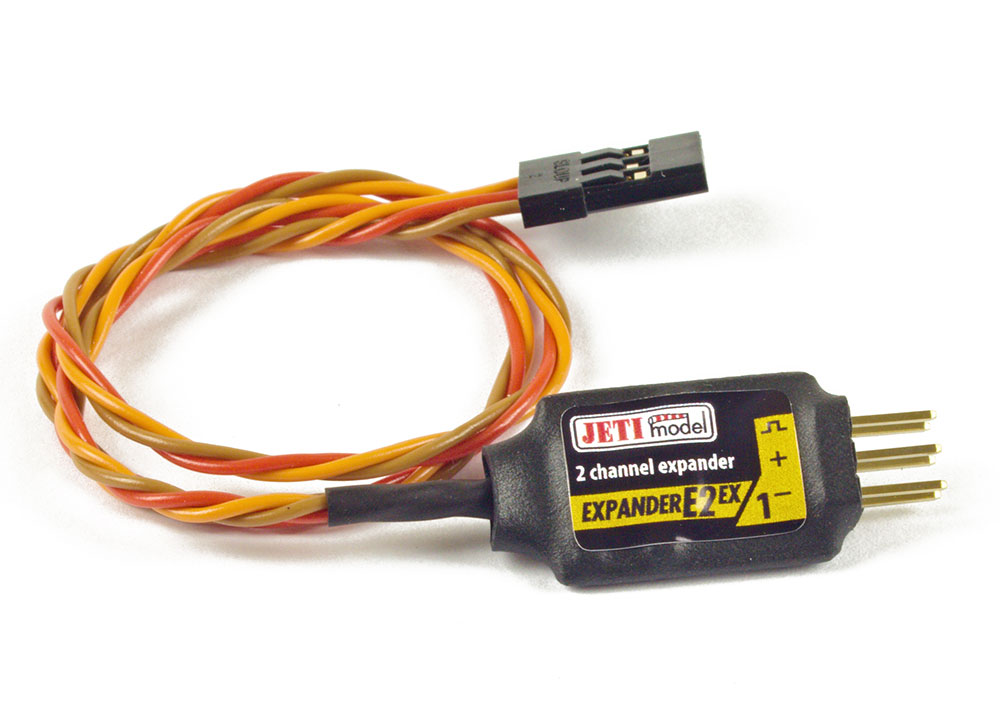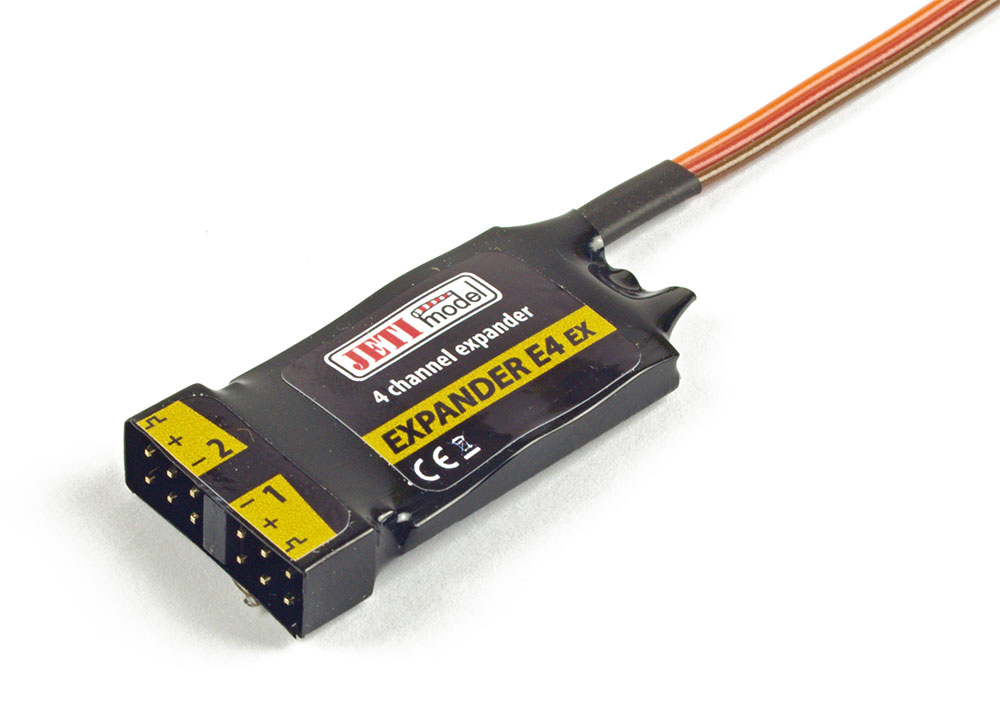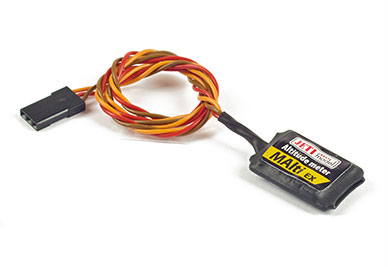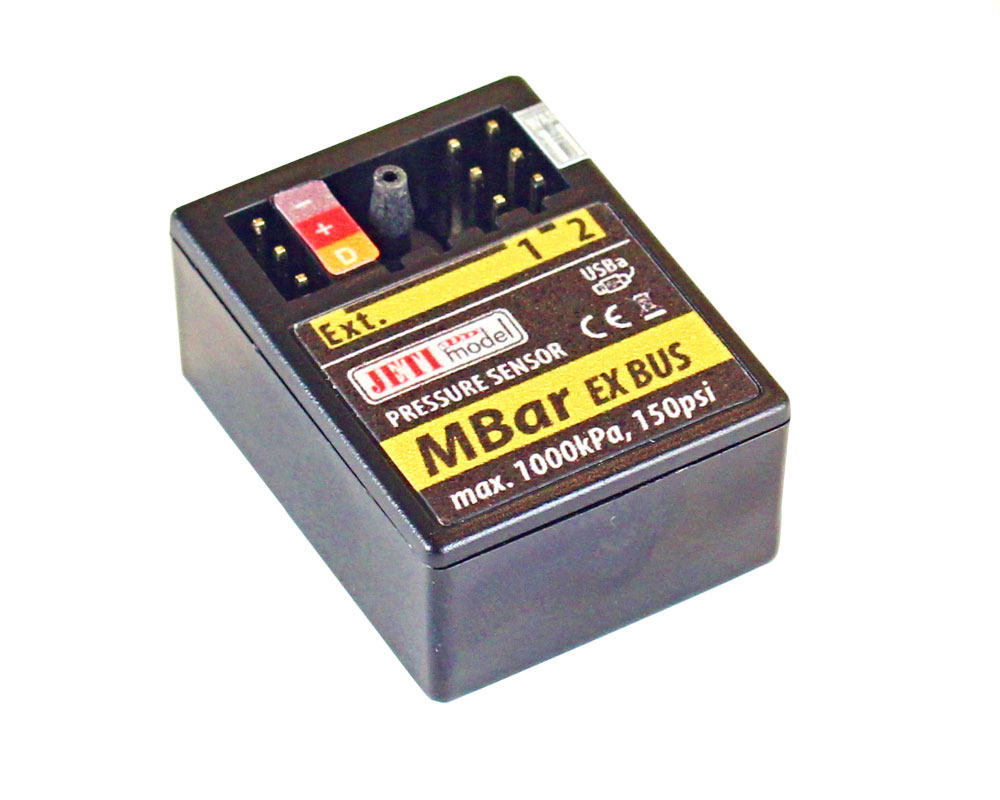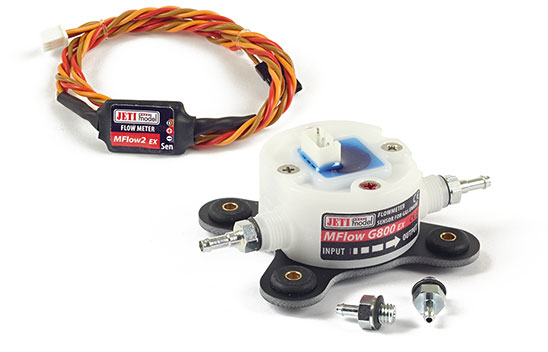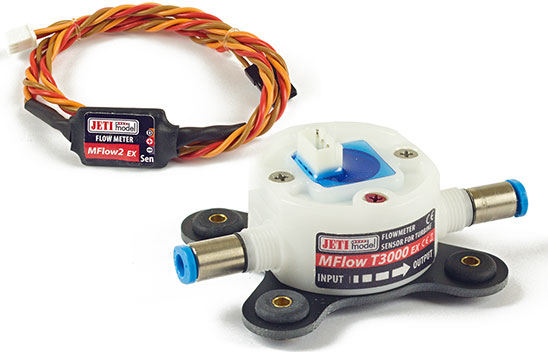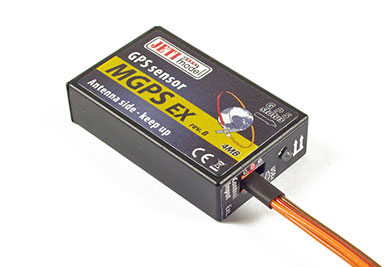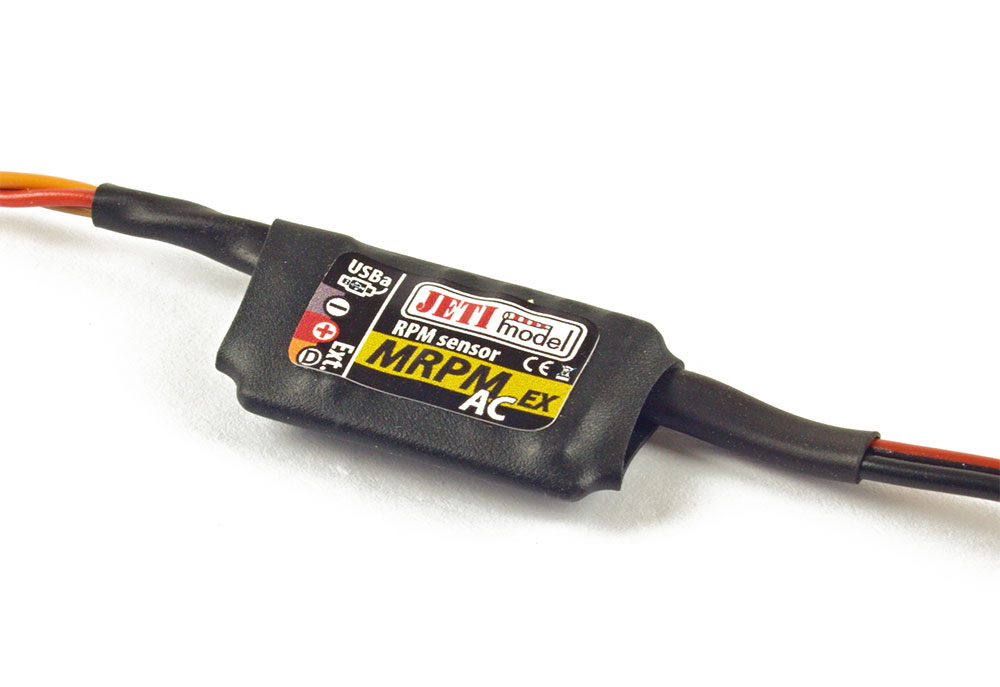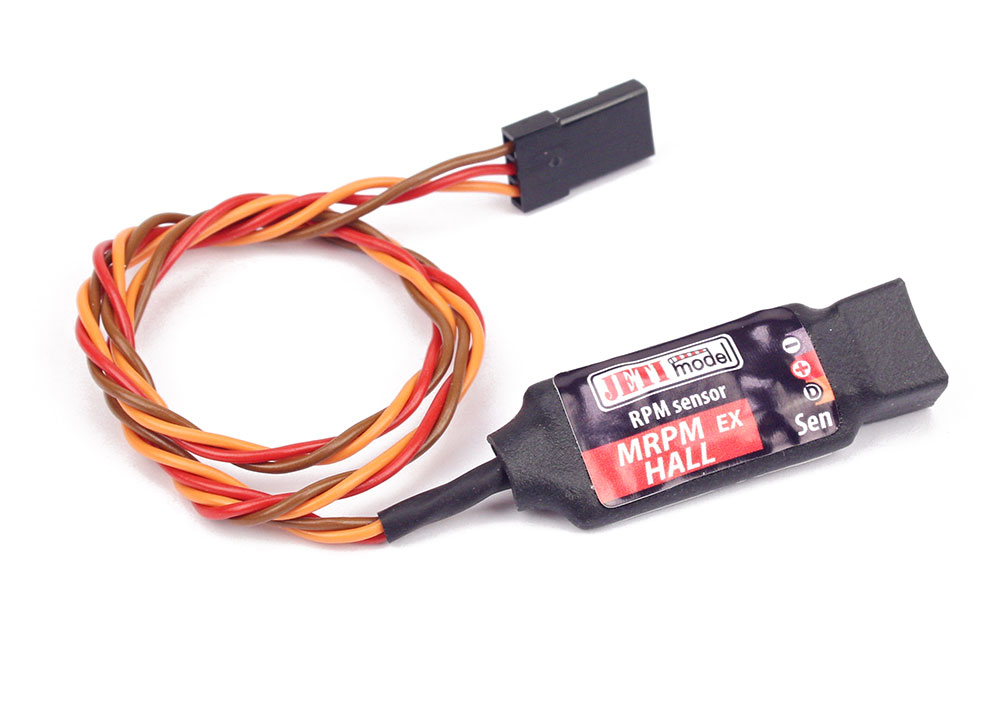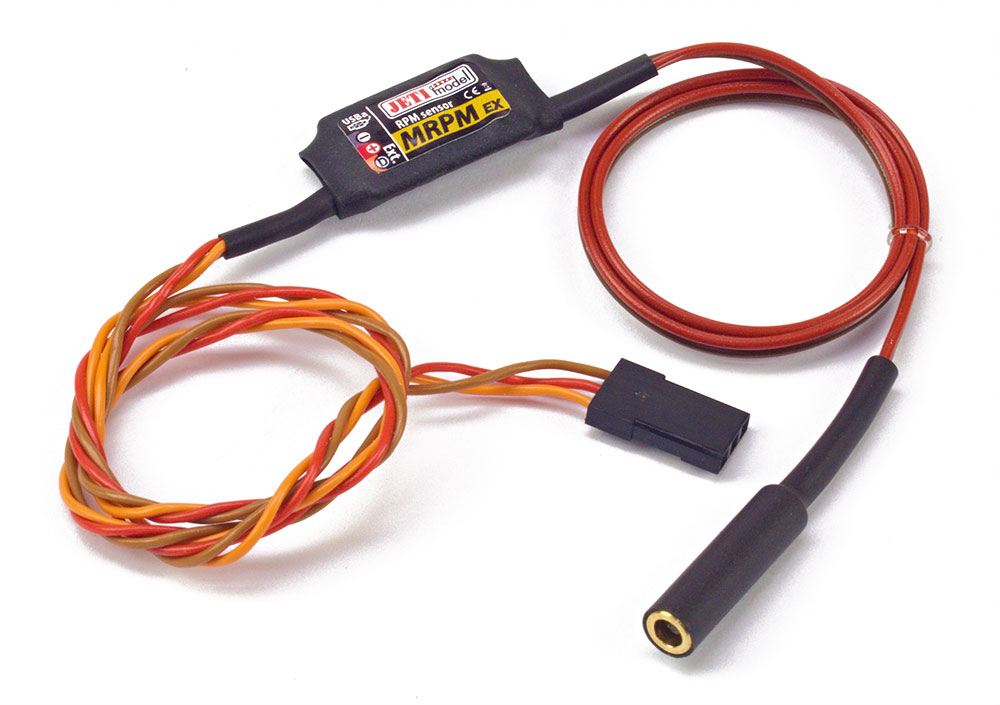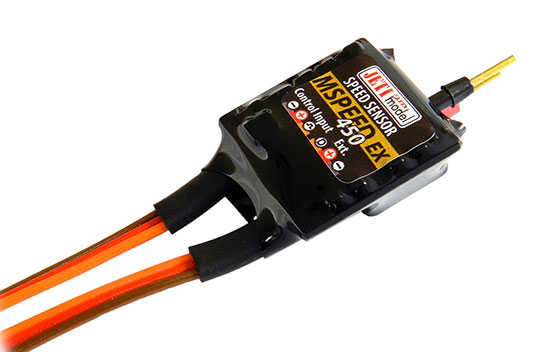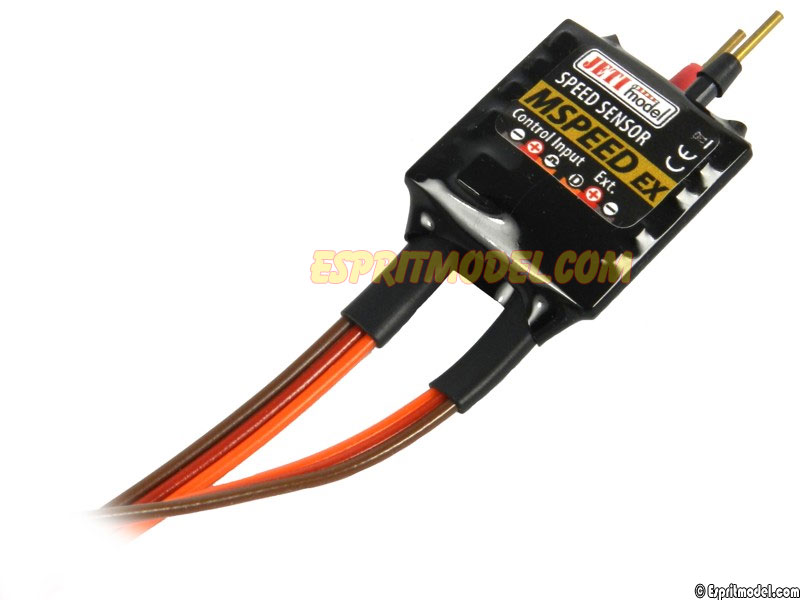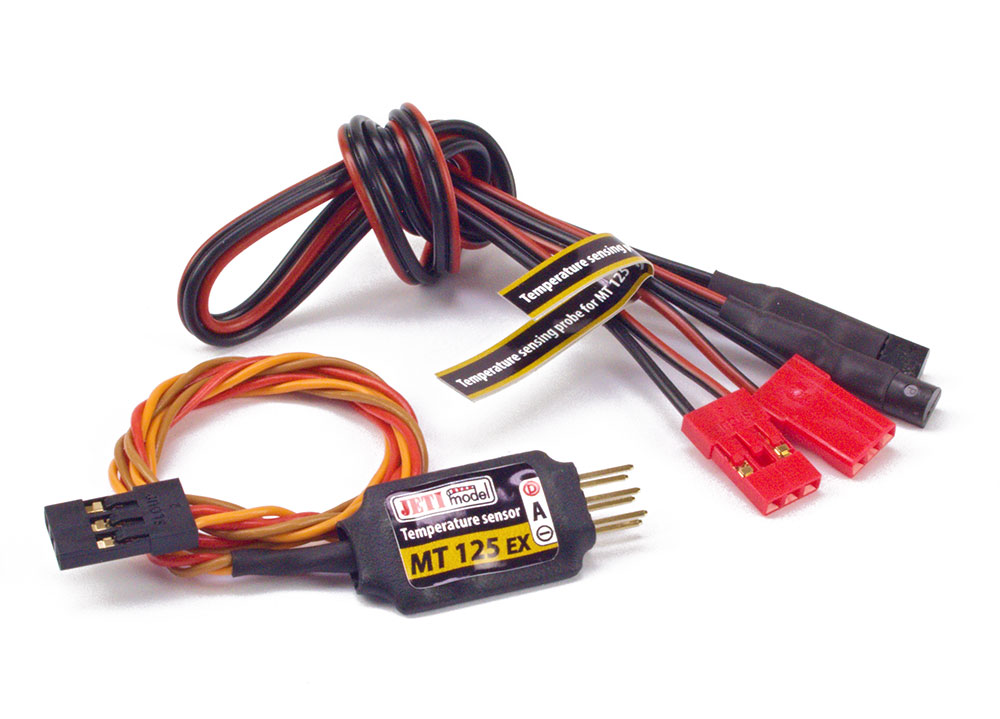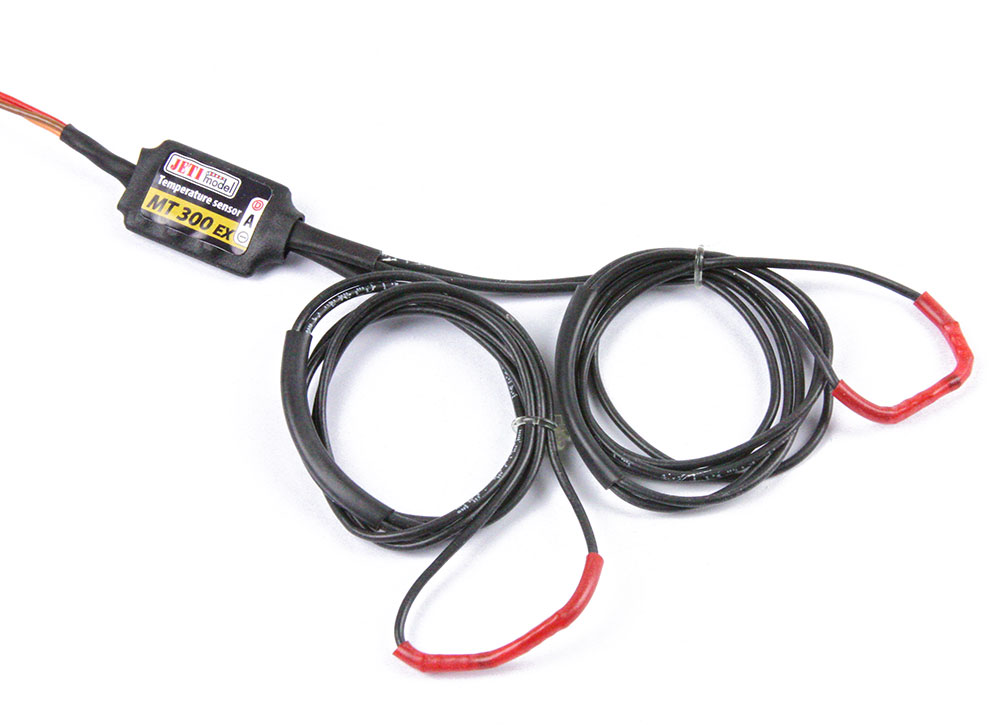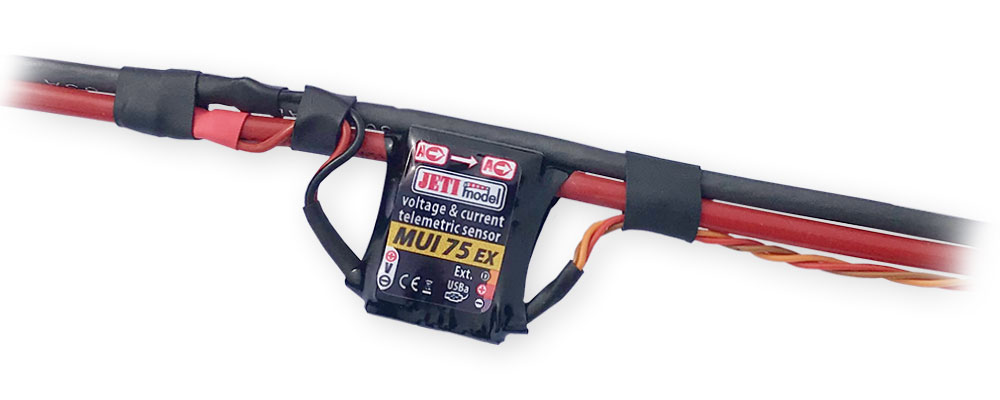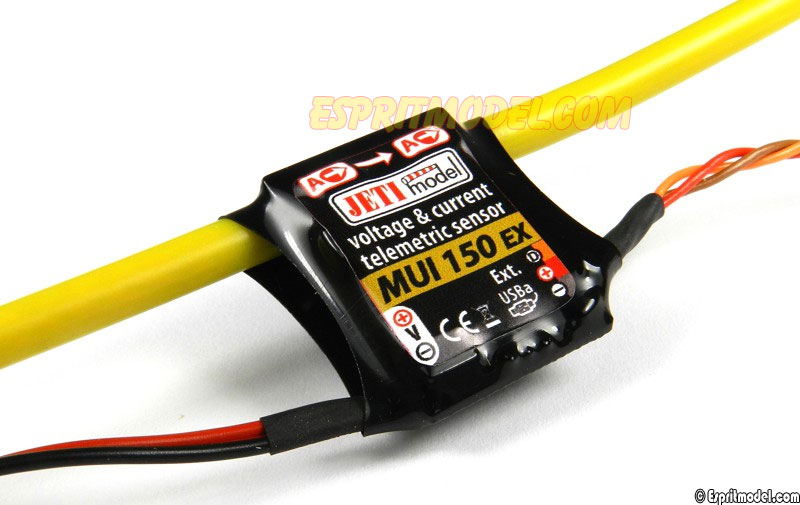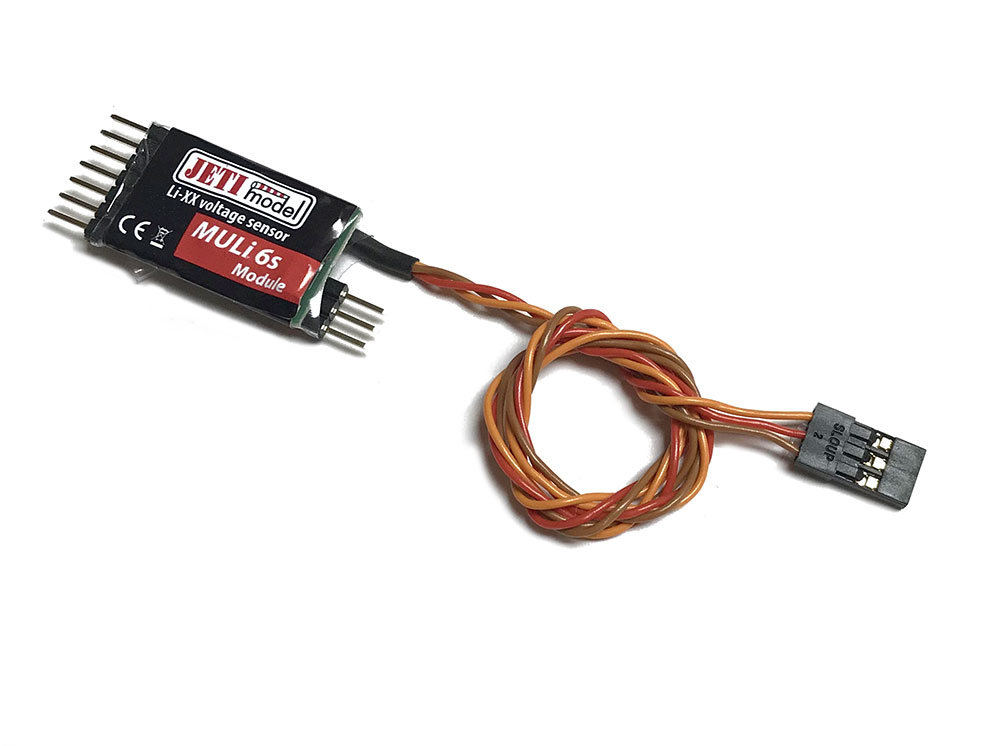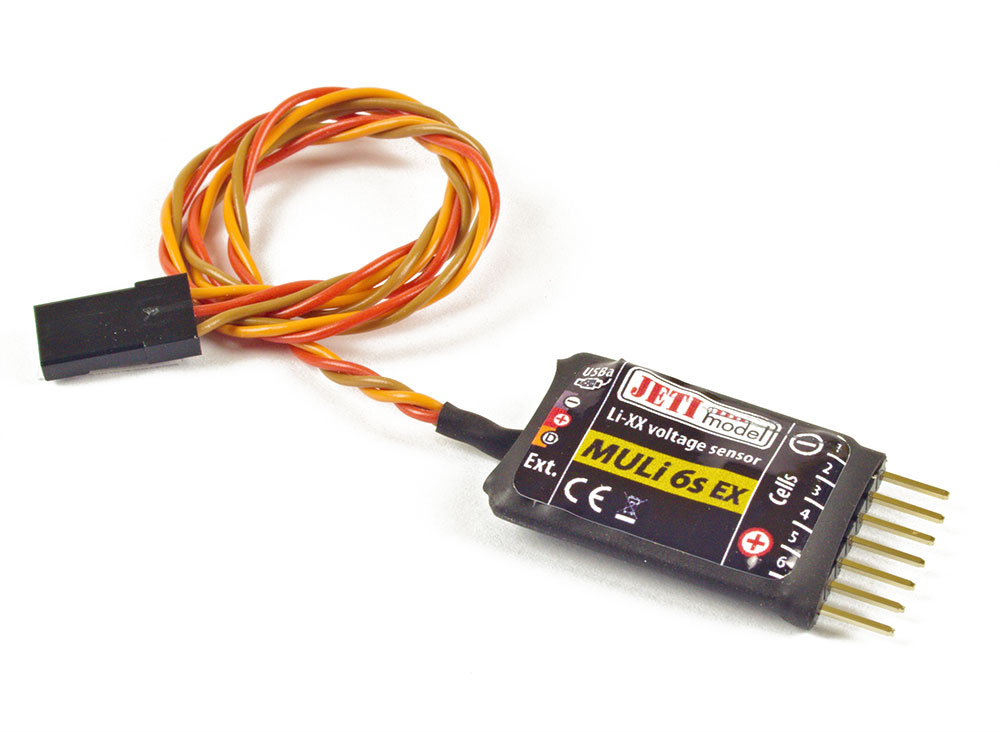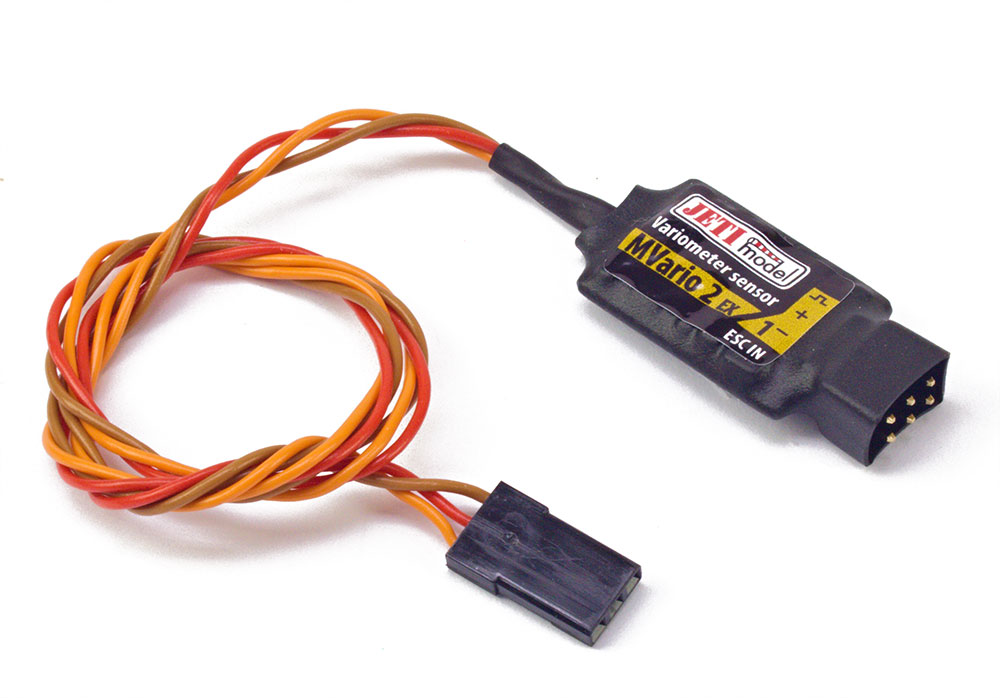DS-12 Modification in Use
Take a look at how martin Popovsky uses the modified back cover to enhance his flying experience!
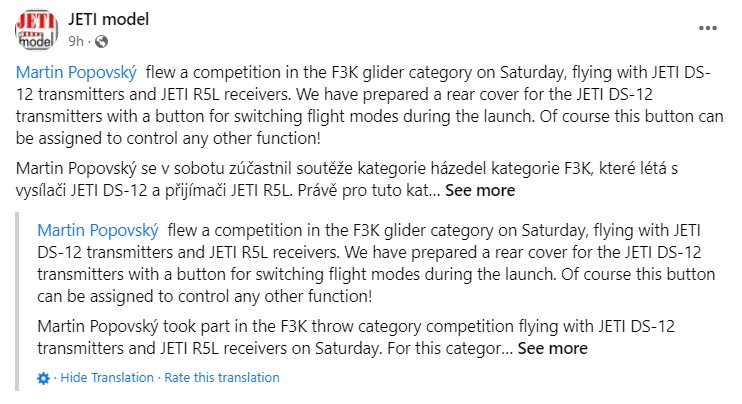
Learn more, including other uses, about the DS-12 Back Cover w/Expander Module MSW, Momentary Button Switch here!
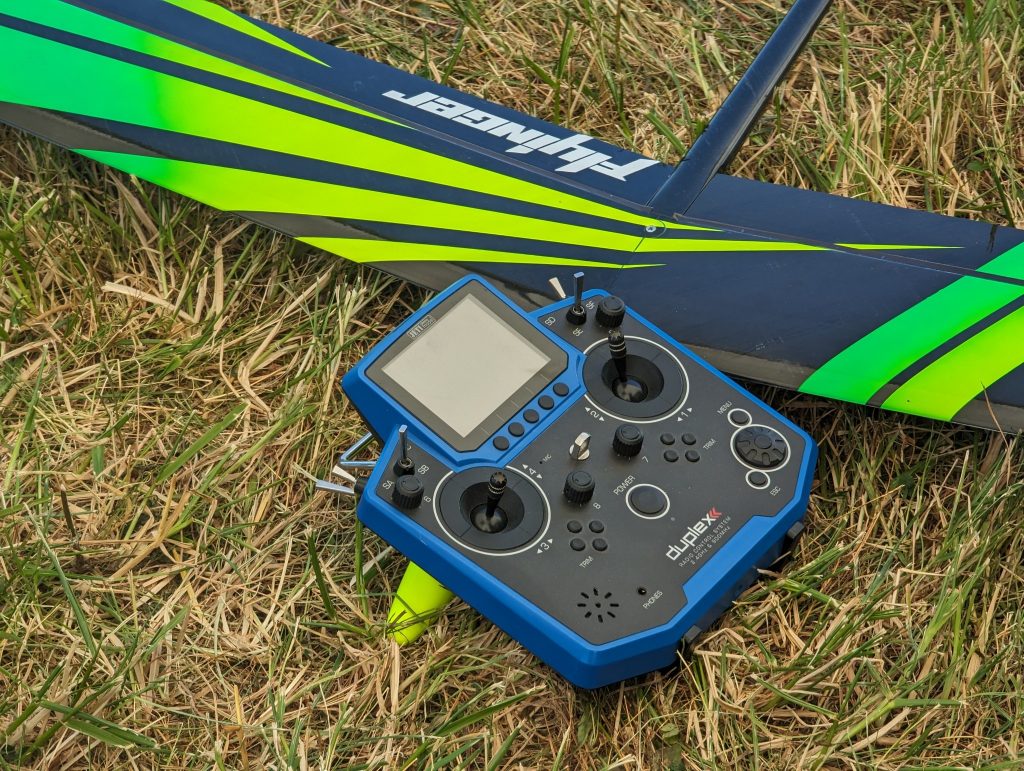
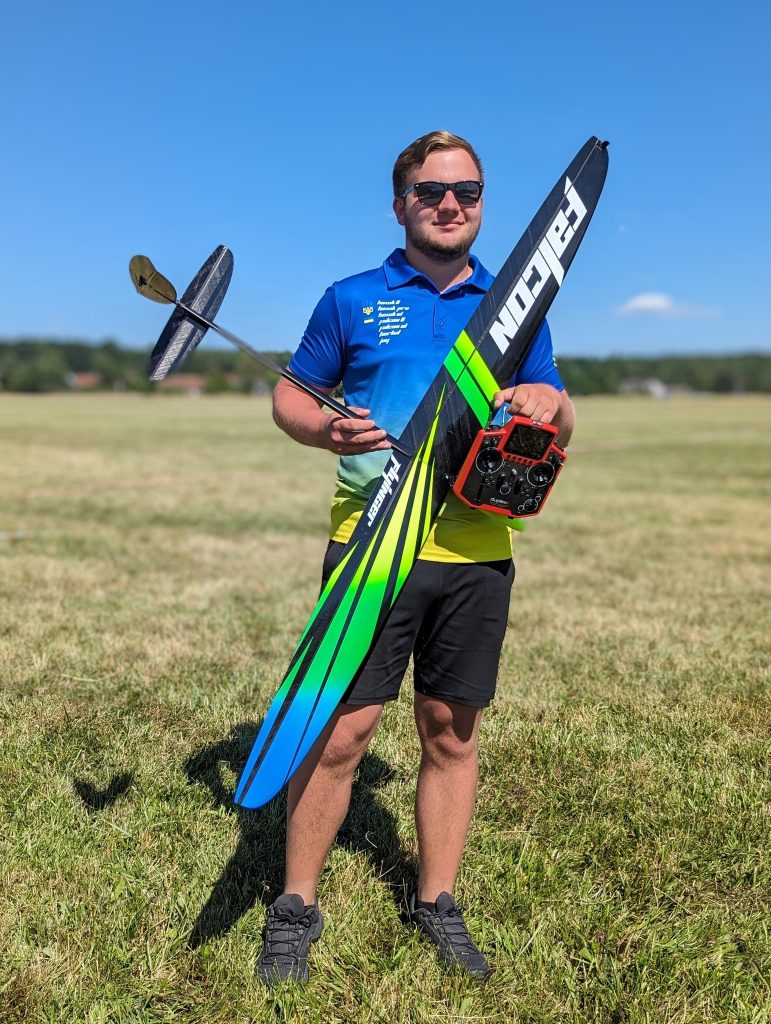

Take a look at how martin Popovsky uses the modified back cover to enhance his flying experience!

Learn more, including other uses, about the DS-12 Back Cover w/Expander Module MSW, Momentary Button Switch here!



Have you ever run into a situation when shopping for a product where you need more than the basic model offers, but not necessarily all the bells and whistles of the top model? Typically you end up getting stuck paying for something you do not need and won’t utilize. Jeti understood the assignment. The Jeti line of transmitters are not just offered in several model options, but they took the customizable advantage one step higher with the ability to add-on software modules as you need them.
Having the ability to pick-and-choose the software features you will use is a more economical way to fly Jeti. There is no need to pay for a feature you will never use, instead, put that dough towards more airplanes (or Jeti equipment)!
Don’t worry though, you can continue to purchase module add-ons for the entire lifetime of the product. This way, you don’t have to worry if your RC needs change, simply purchase what you need when you need it!
Jeti DS-16 G2’s, Jeti DS-14 G2’s, and Jeti DS-12’s are all available for software module upgrades. The chart below shows what each transmitter has and what can be upgraded.
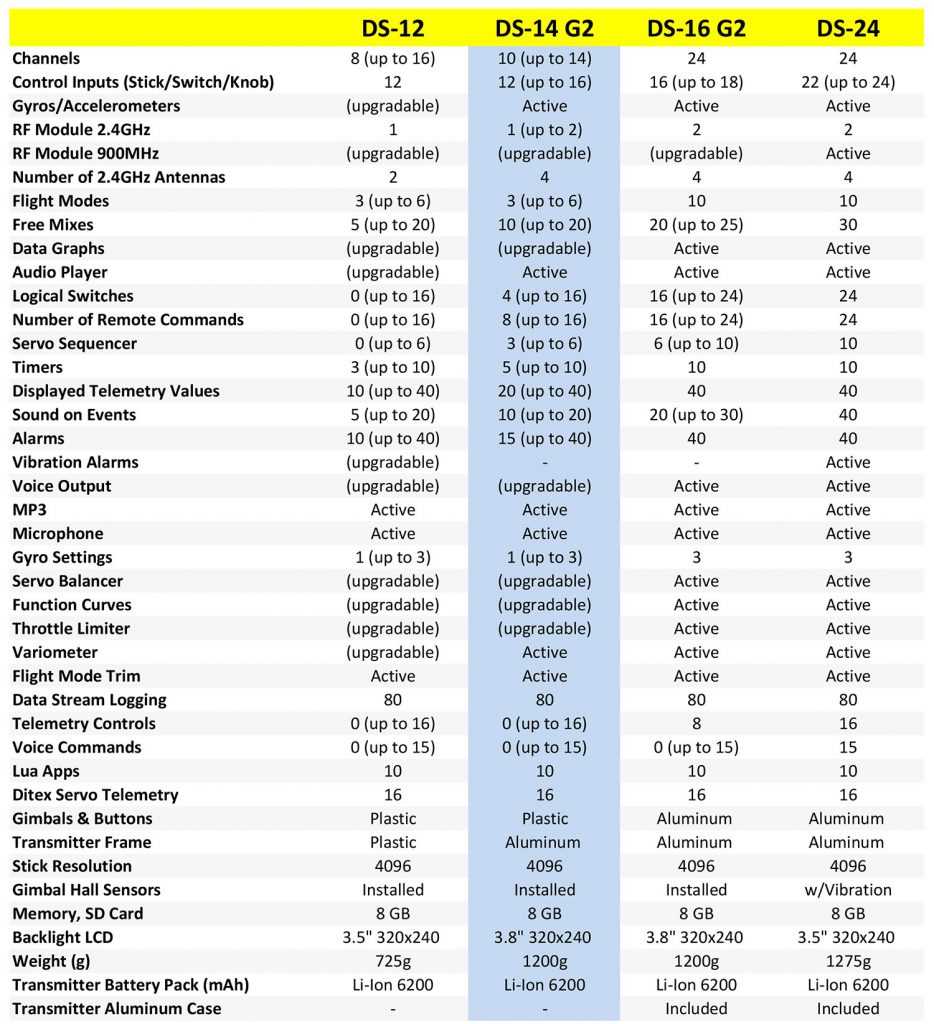
If you don’t want to purchase each module al carte, but do not need all the software modules, we have options for you too! All of our DS-12 Transmitters offer software packages. We grouped together the modules we felt were most used and provided them to you in pre-installed packages. Not only does it result in fewer steps on your part, it also can save you a little! Our standard DS-12s offer four versions: Basic, Package A, Package B, or Deluxe. Special Edition DS-12s are offered in Basic or Deluxe only. You can see what that includes below.
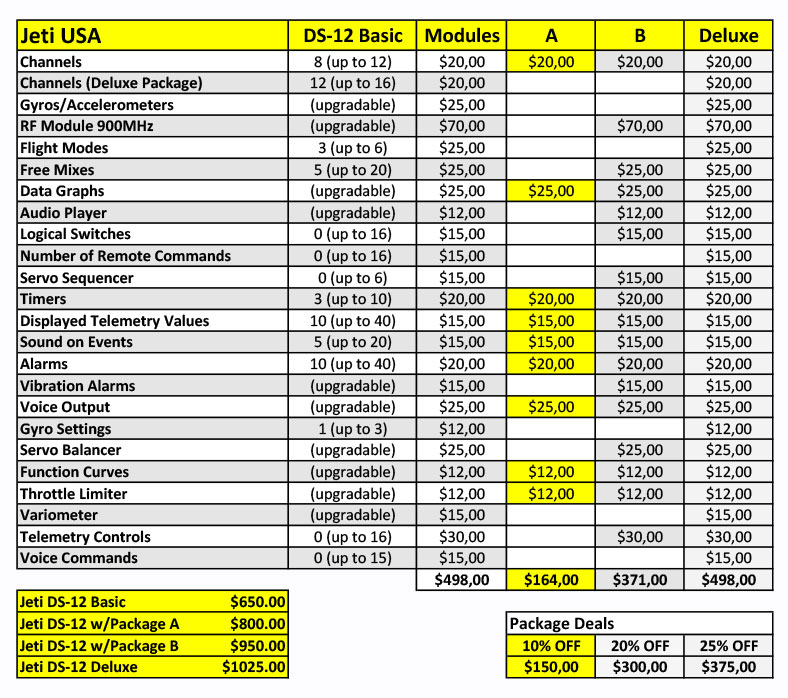
Step 1: Head to swshop.jetimodel.com.
Step 2: Find the product you purchased and click “Register New Device”. You will need to create a username and password, if you do not already have one. In addition you will need the serial number and registration number found in the transmitter.
Step 3: Purchase your modules. You will then receive an email (within a few days) with an activation file. Once your receive this file, connect your transmitter to your PC with your USB cord and extract the activation file into the root file of your transmitter.
Please note: Activation files “activation.bin” are created and sent manually, every day from Monday to Friday from 6am to 1pm UTC. They will not be sent out outside of these times.
Check out our line of transmitters here or at Esprit Tech!
When it comes to electronic speed controls, Jeti has a wide array of options available. Read on to see what each line has to offer.
The ECO line delivers BIG Jeti quality to your small electric park-flyer or electric sailplane applications, while staying at an economical price point.
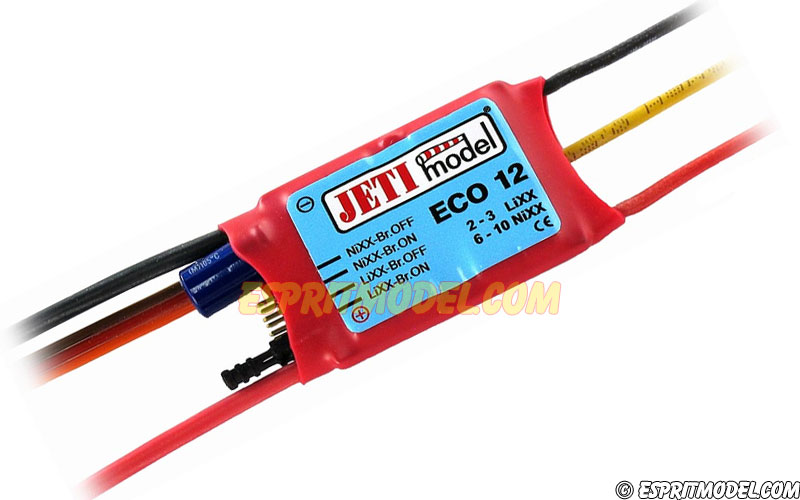

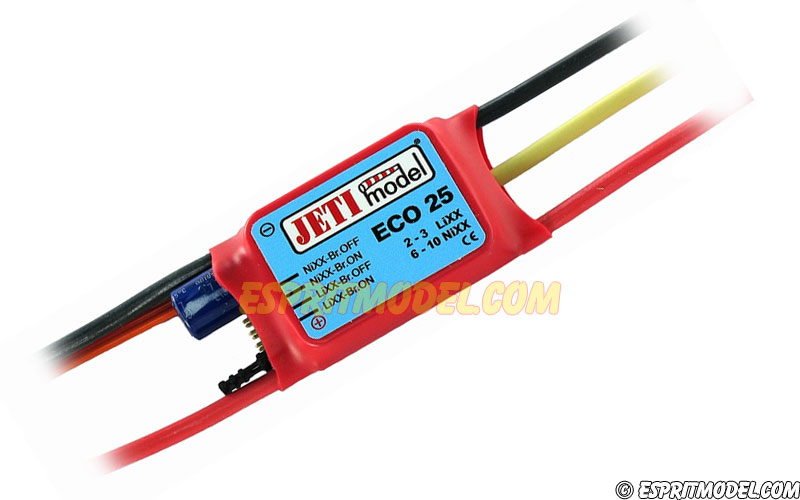
The Advance Pro ESC line is both easy to use and full of features, making it a great choice for any novice pilot or a pilot looking for something simple.
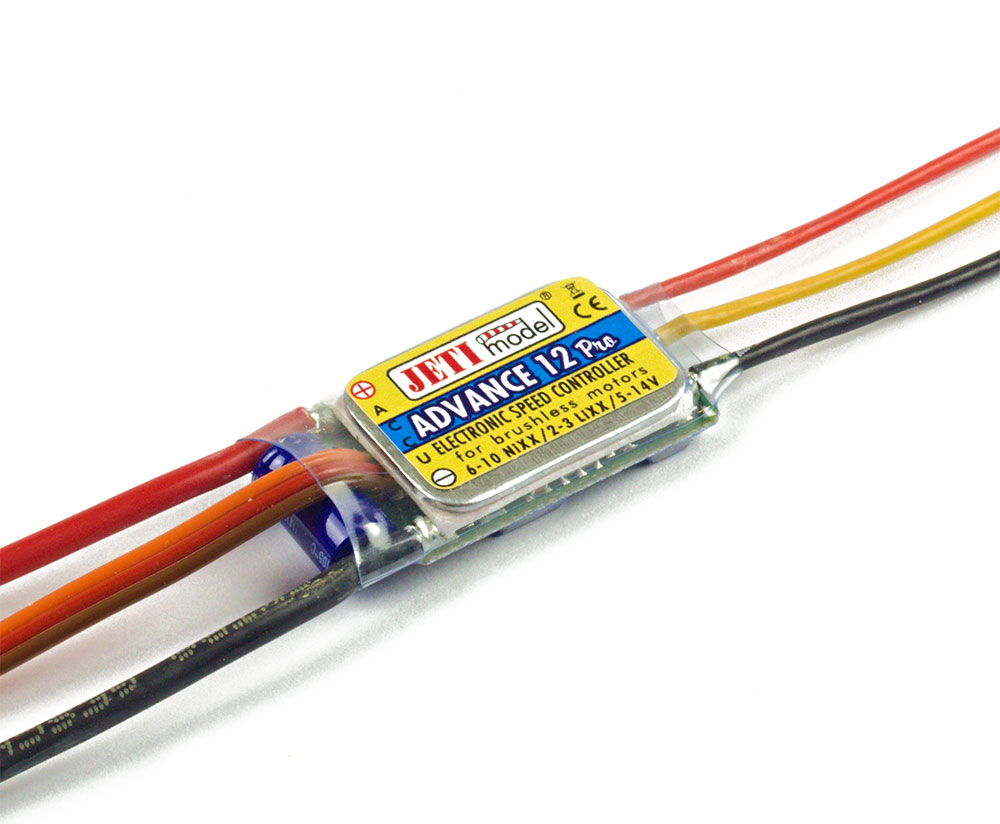
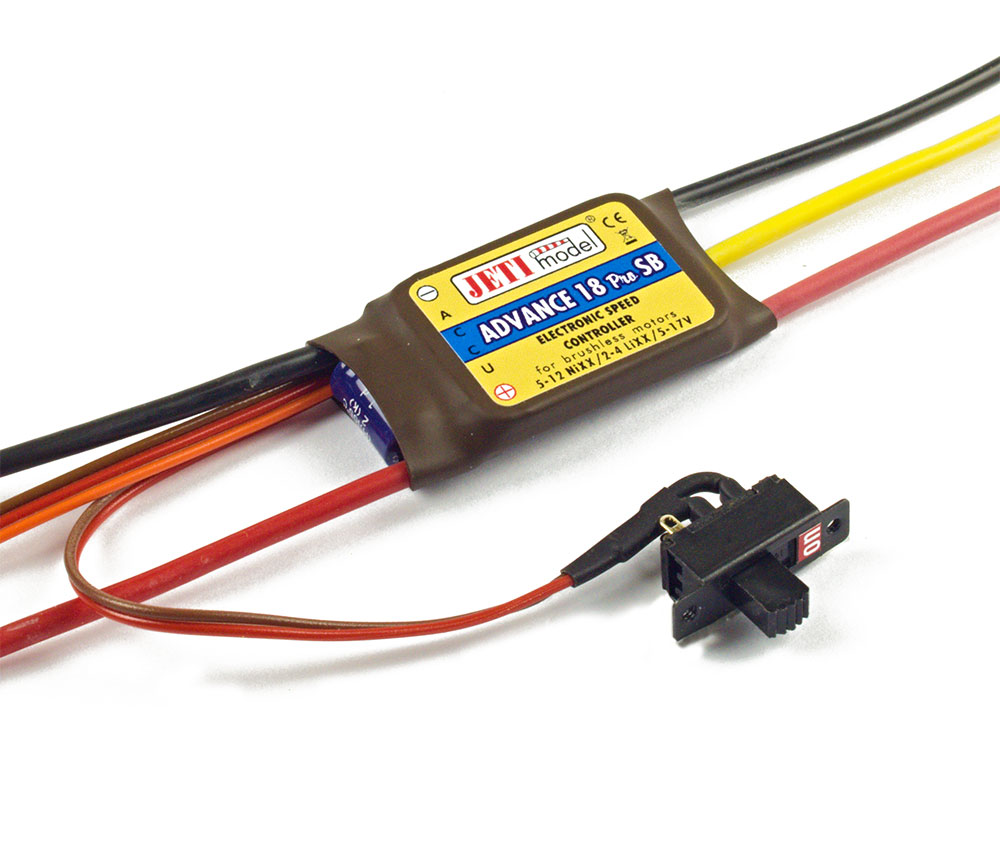
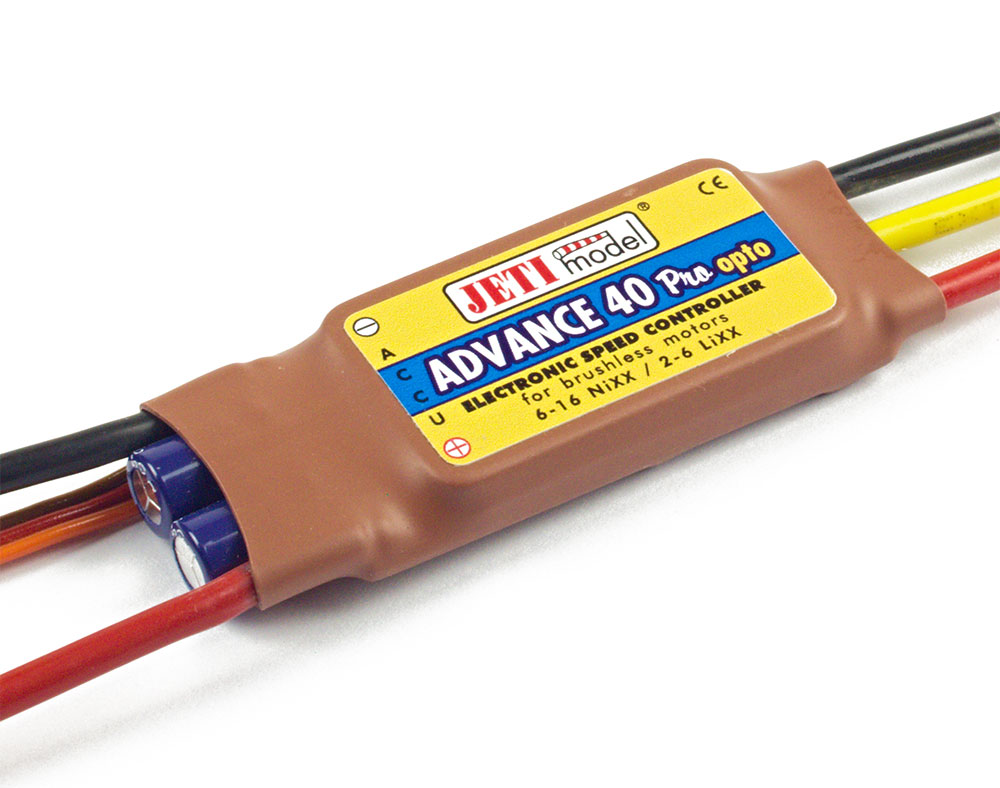
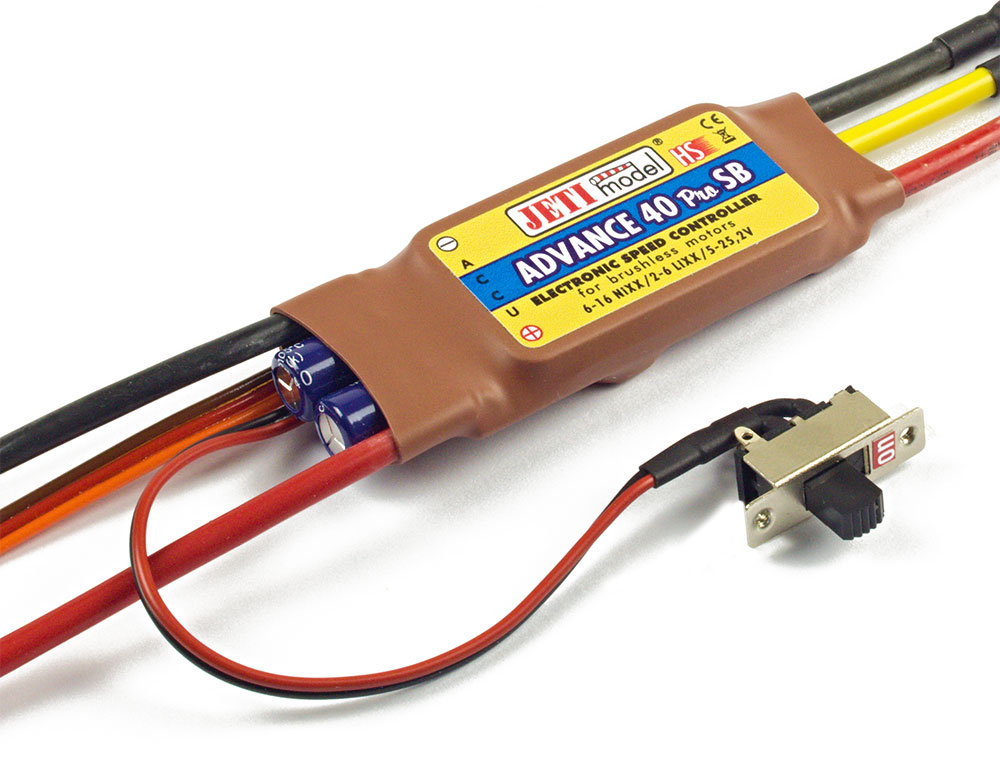
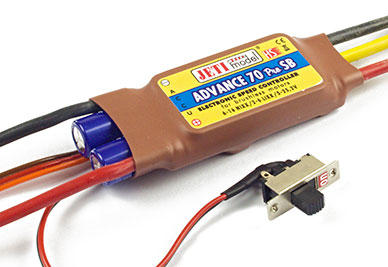
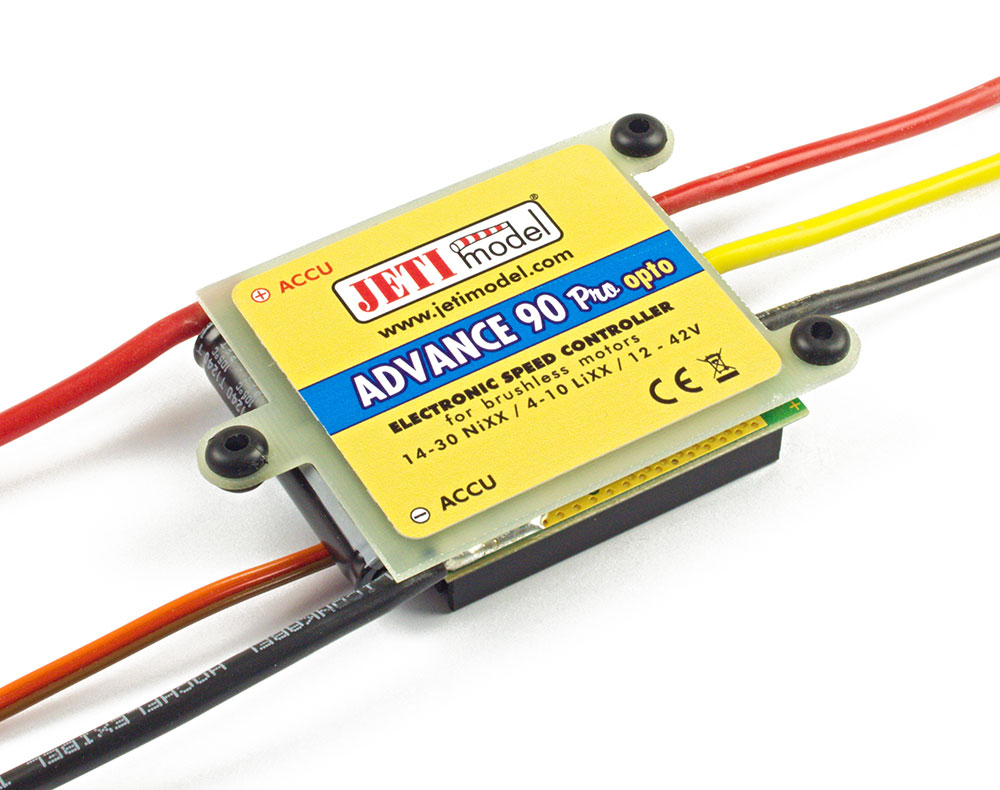
Next in Jeti’s line of ESCs are the Spin Pro Series. These guys take it one step above basic with the introduction of basic logged telemetry data. In addition, it allows for firmware updates via a Jeti USB Adapter and your PC with Jeti Studio.
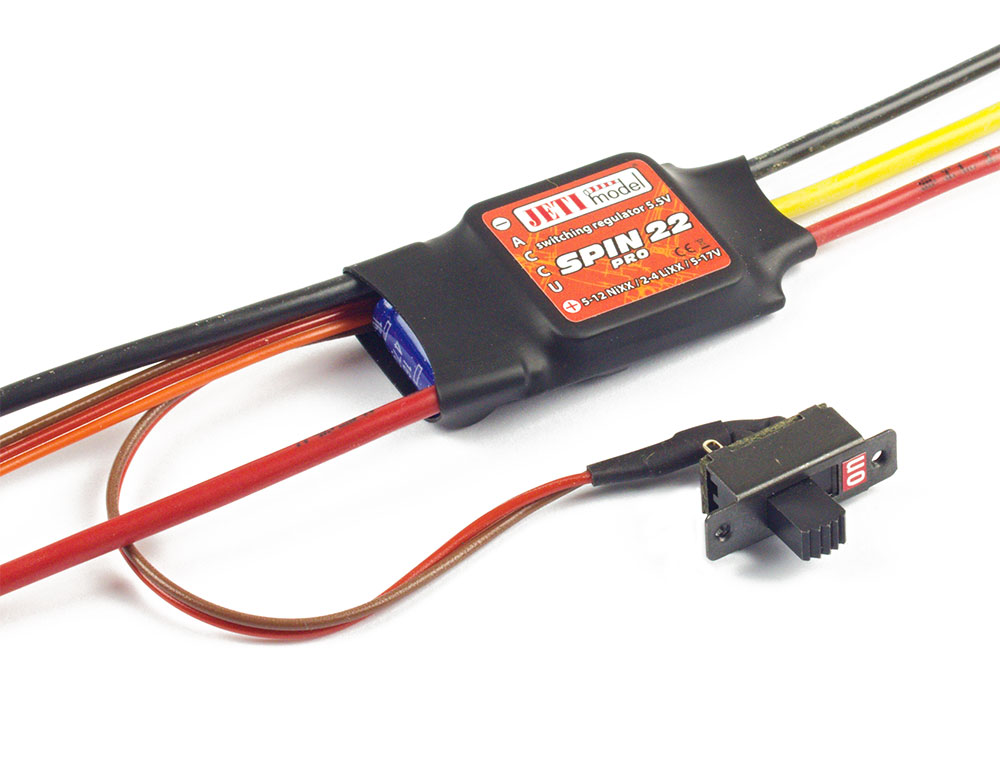
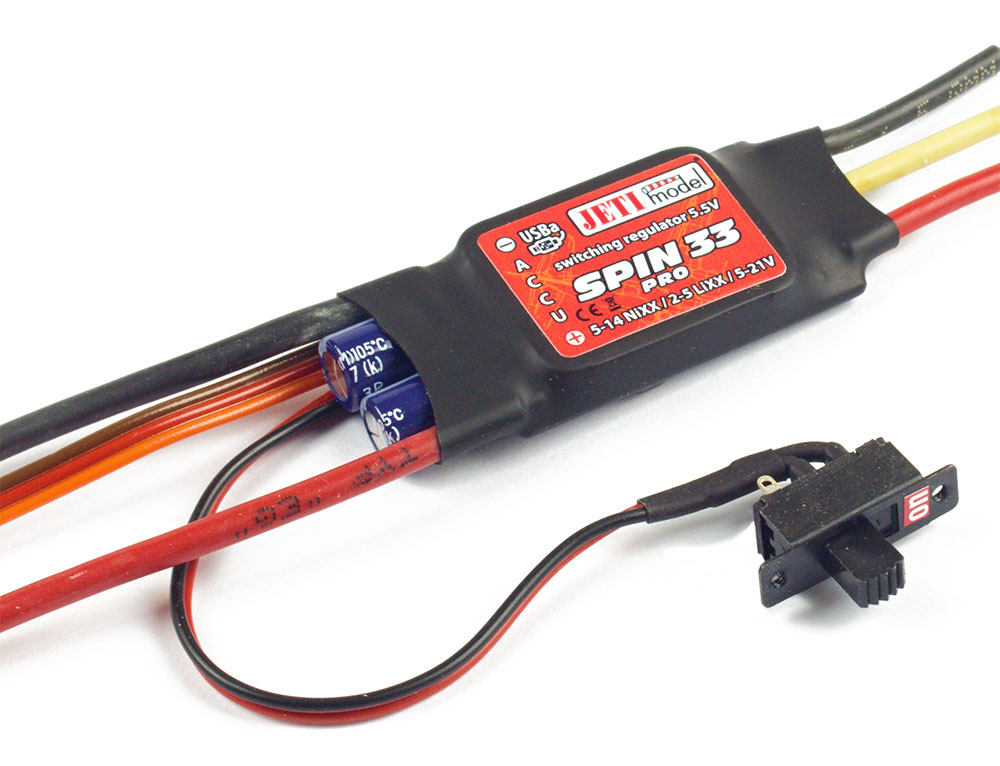
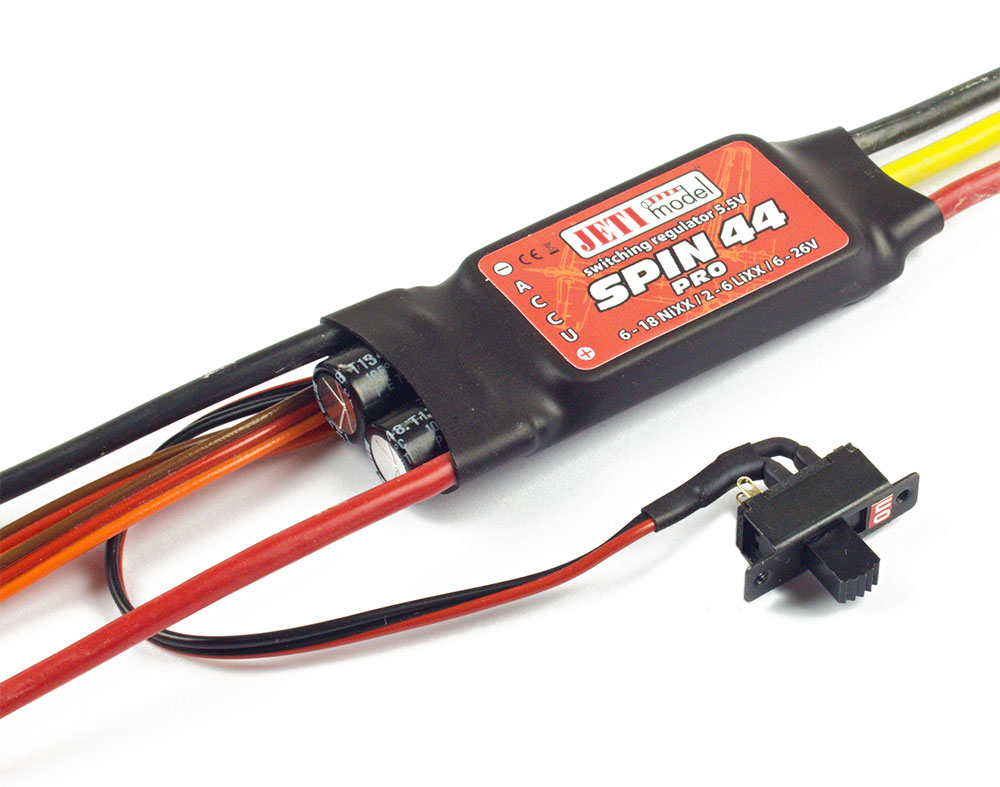

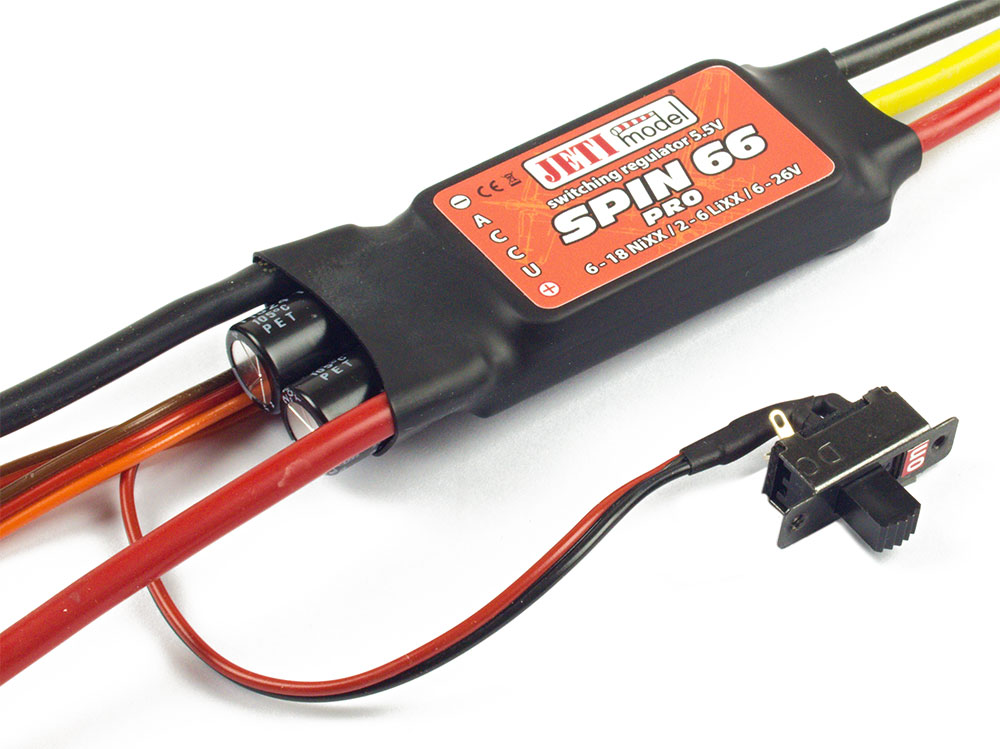
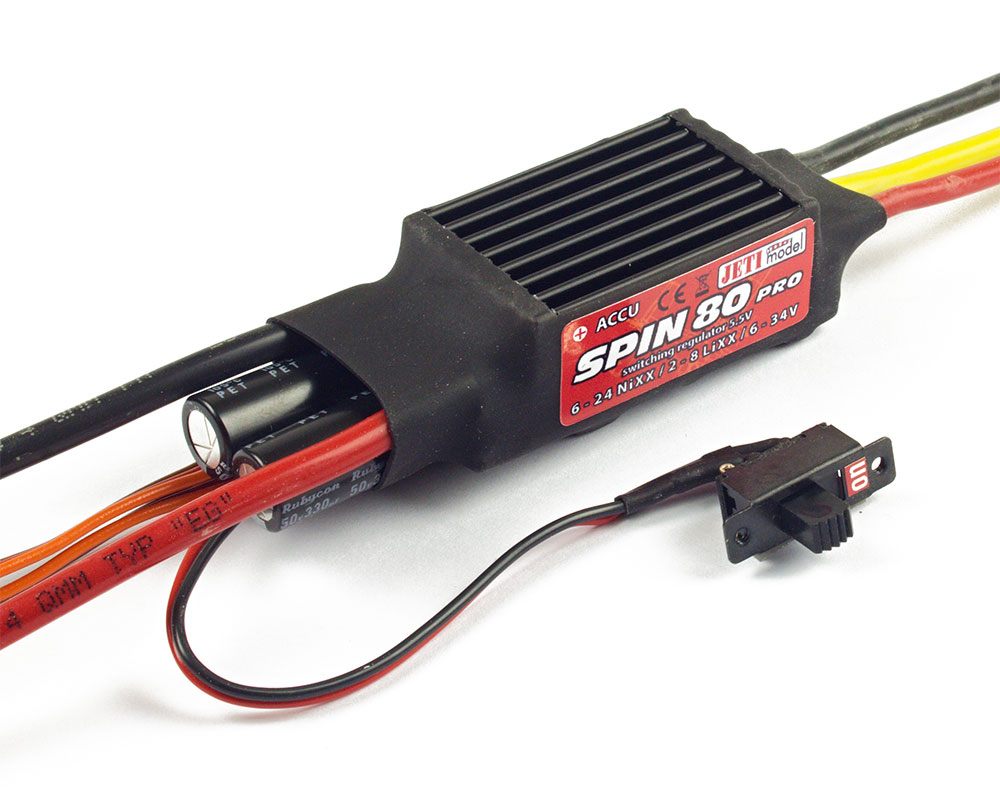

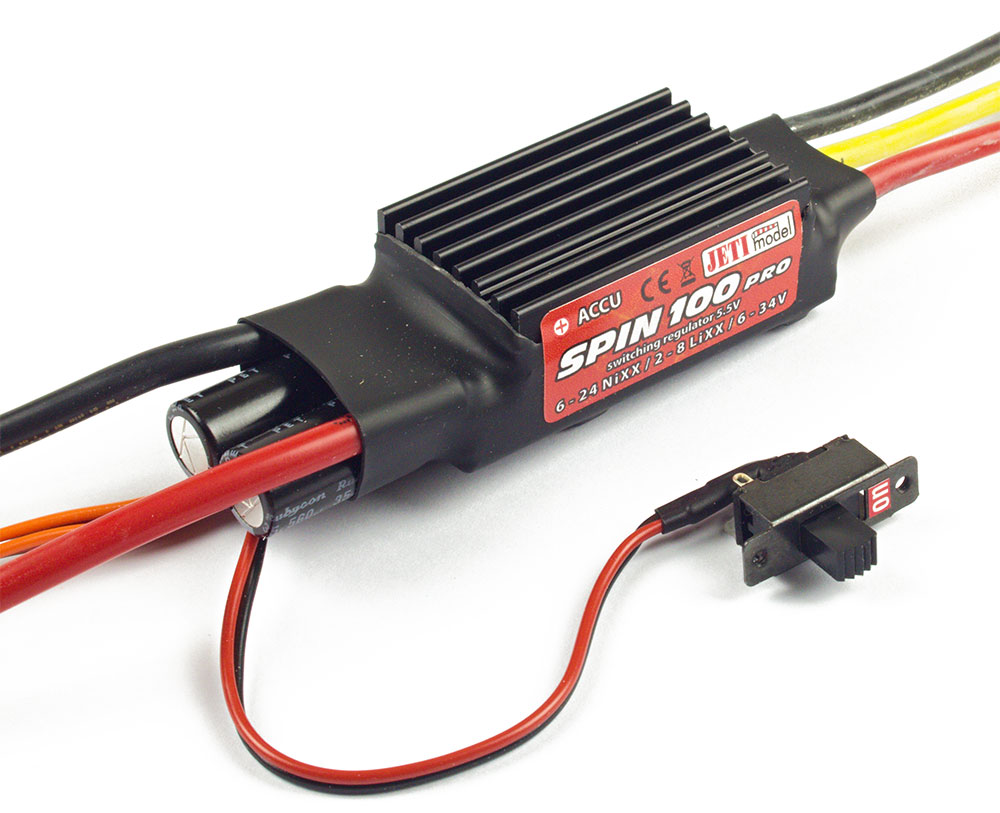
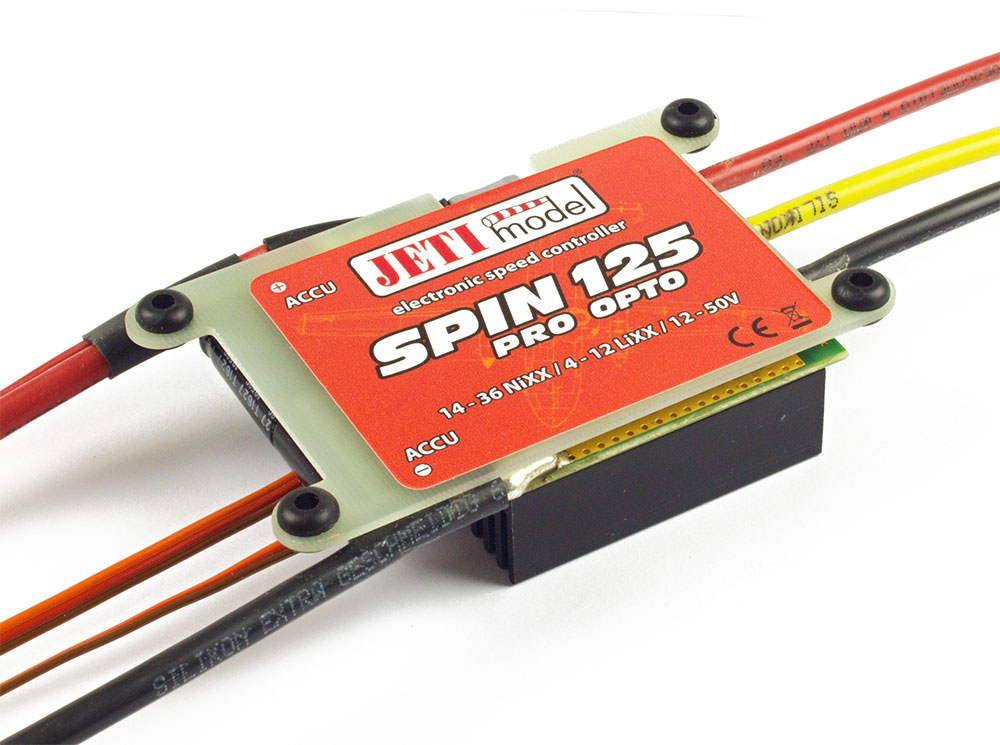

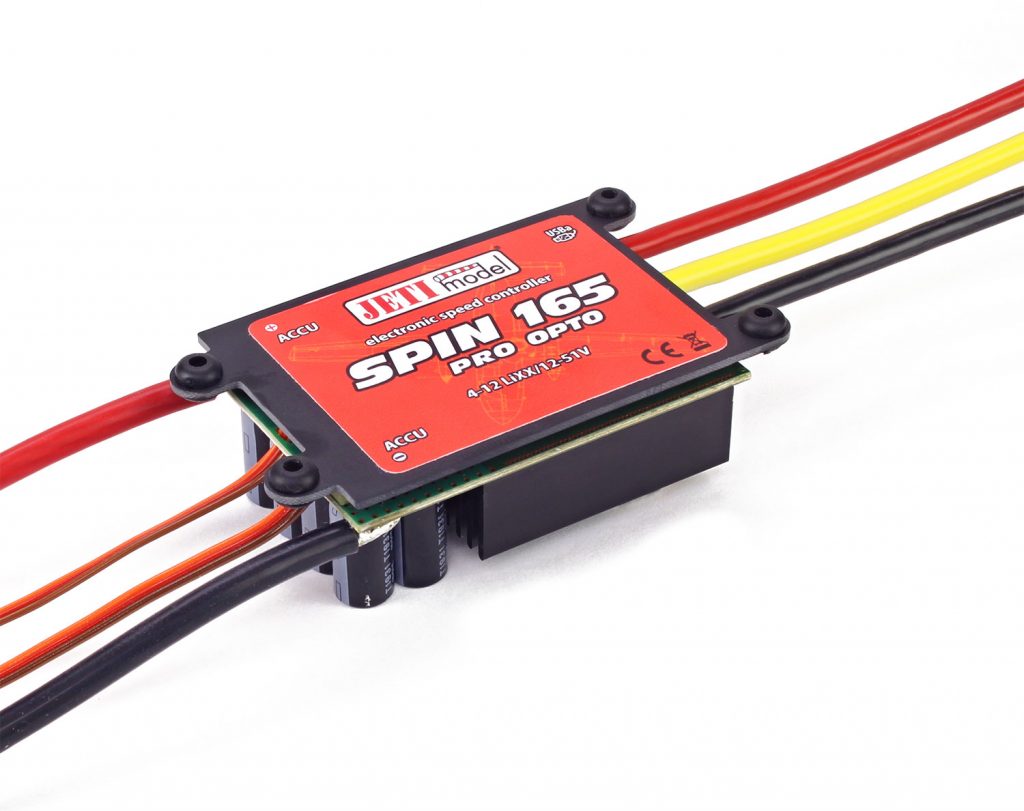


Introducing the next level of integration with the Jeti Mezon Pro ESCs. With these guys, you can get real-time telemetry feedback directly on your Jeti Transmitter!
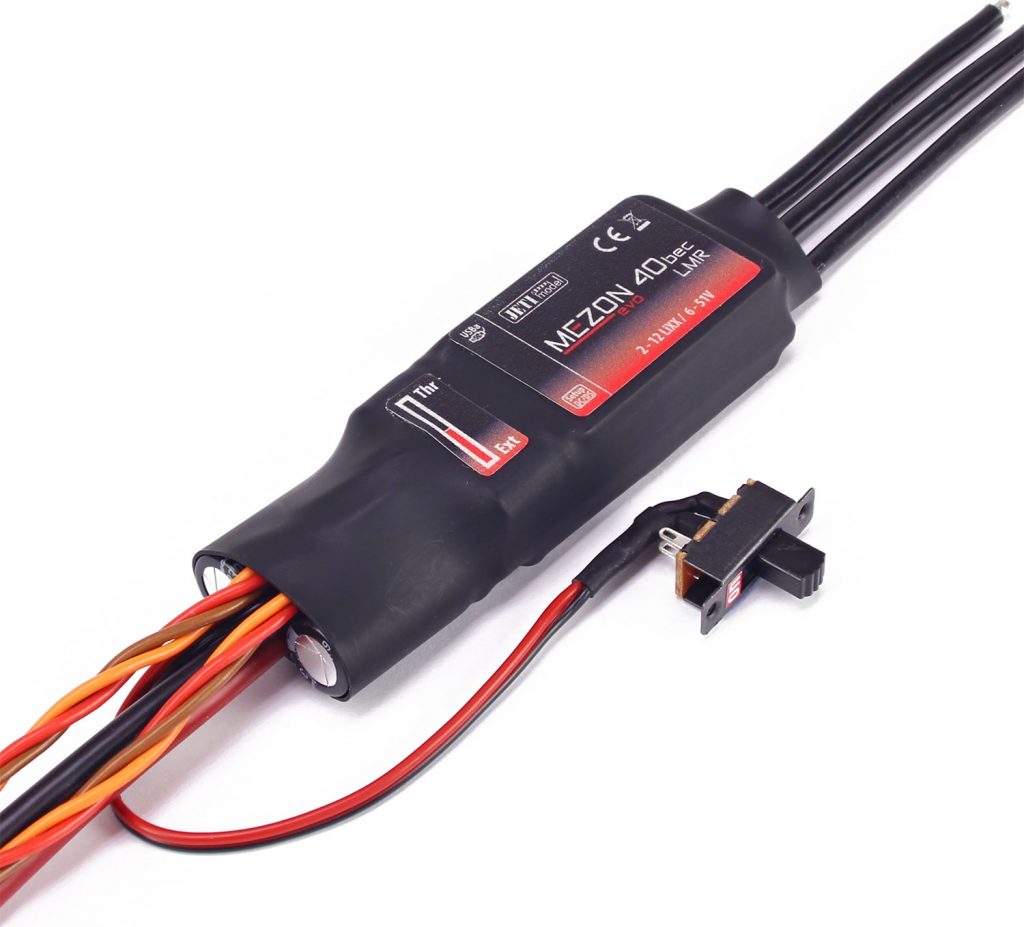
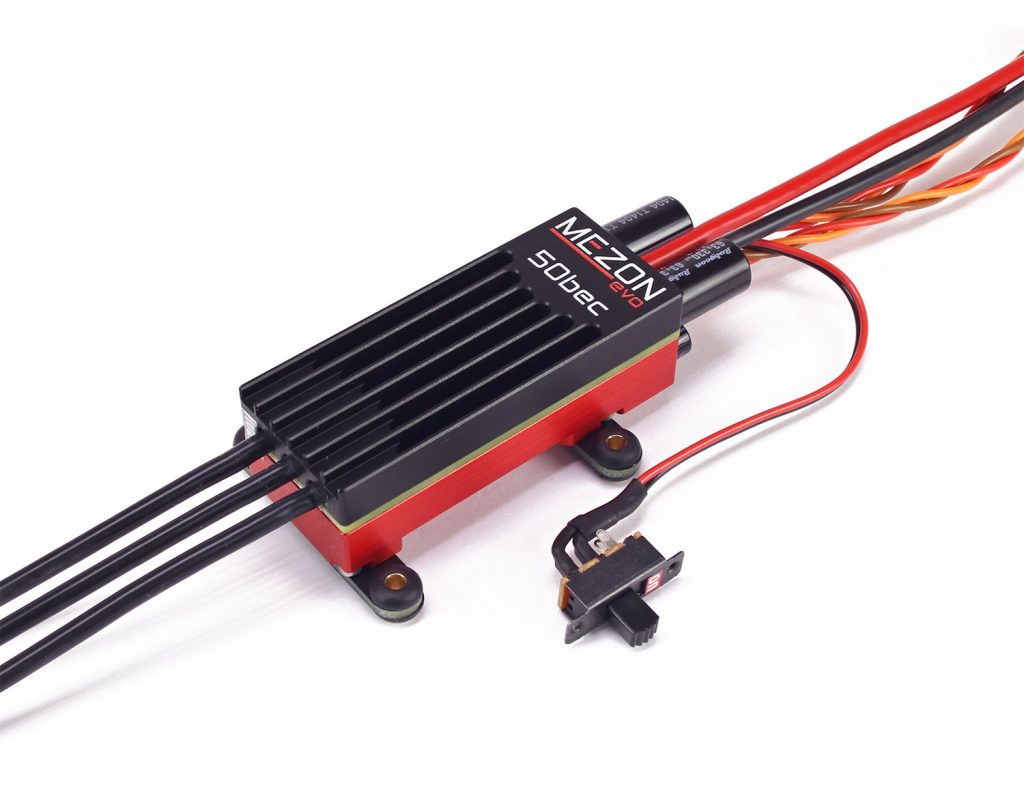


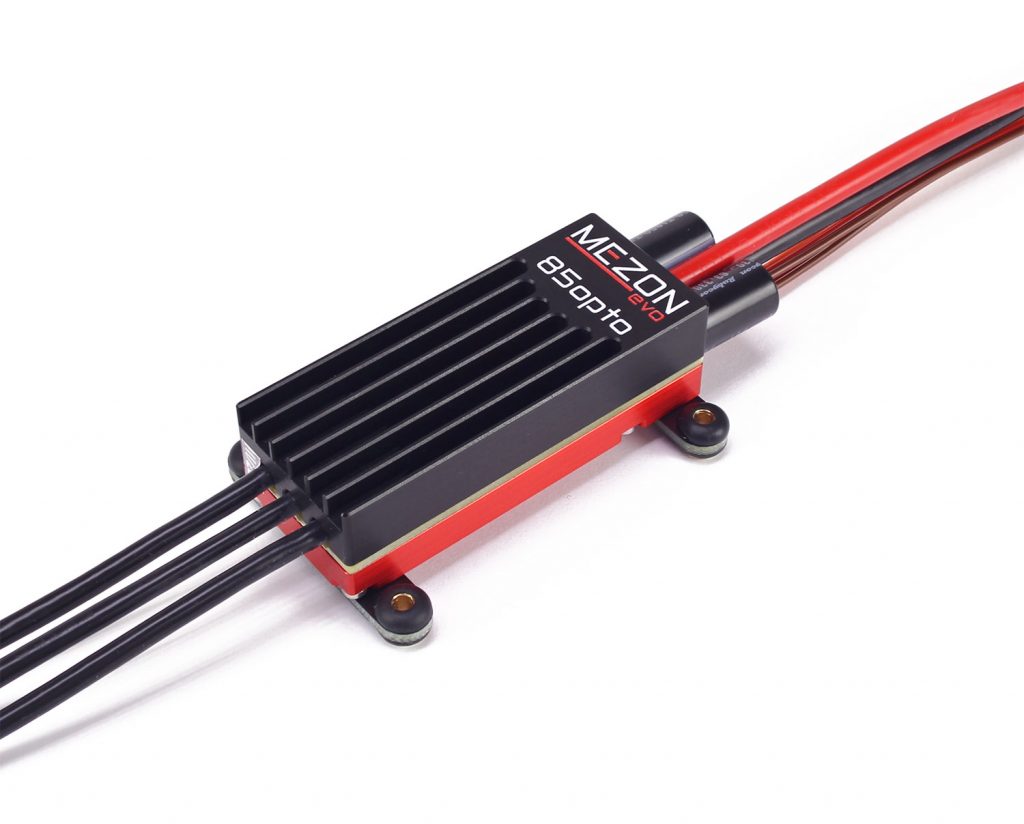
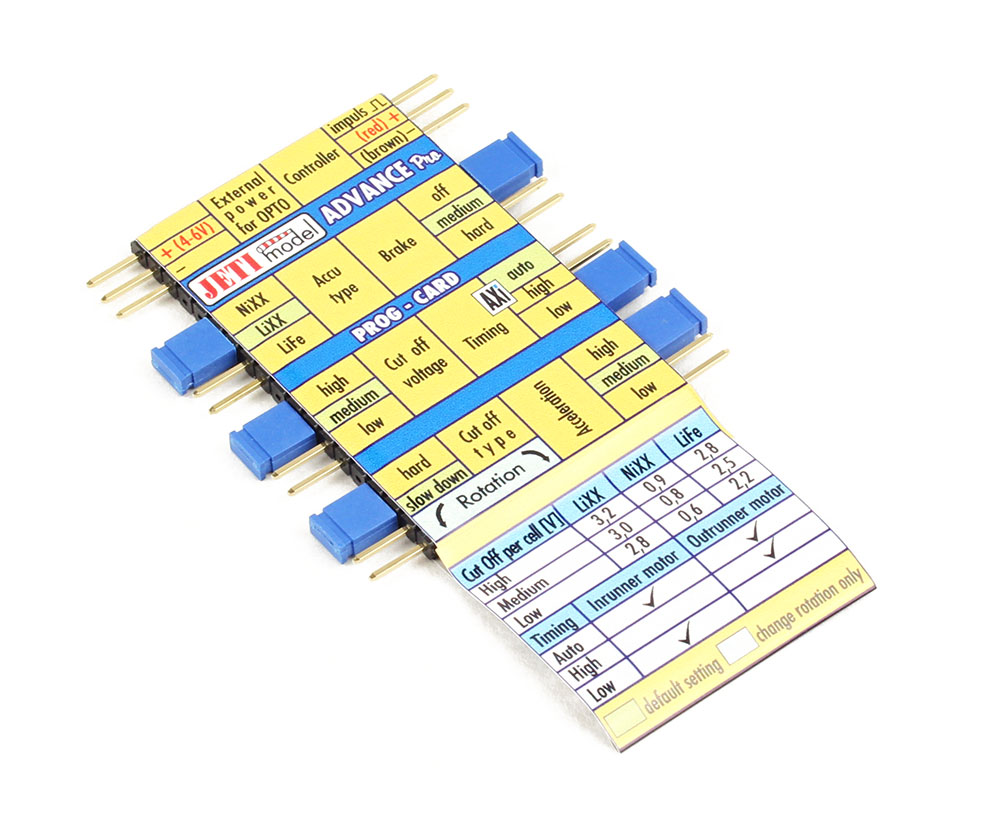
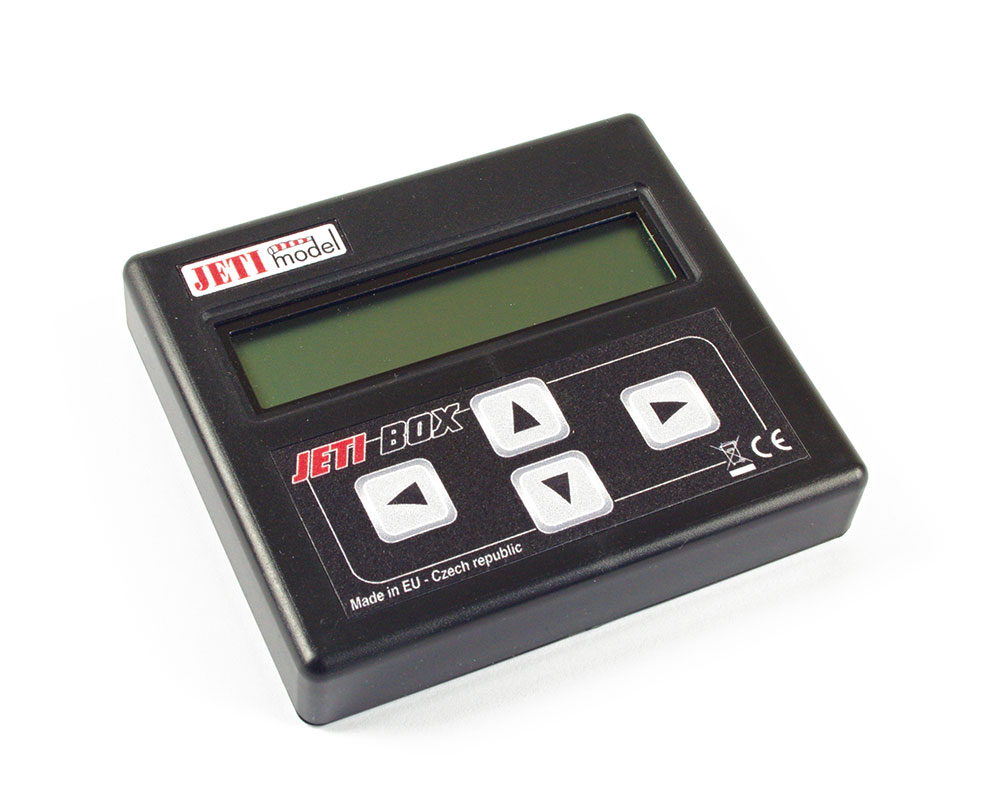
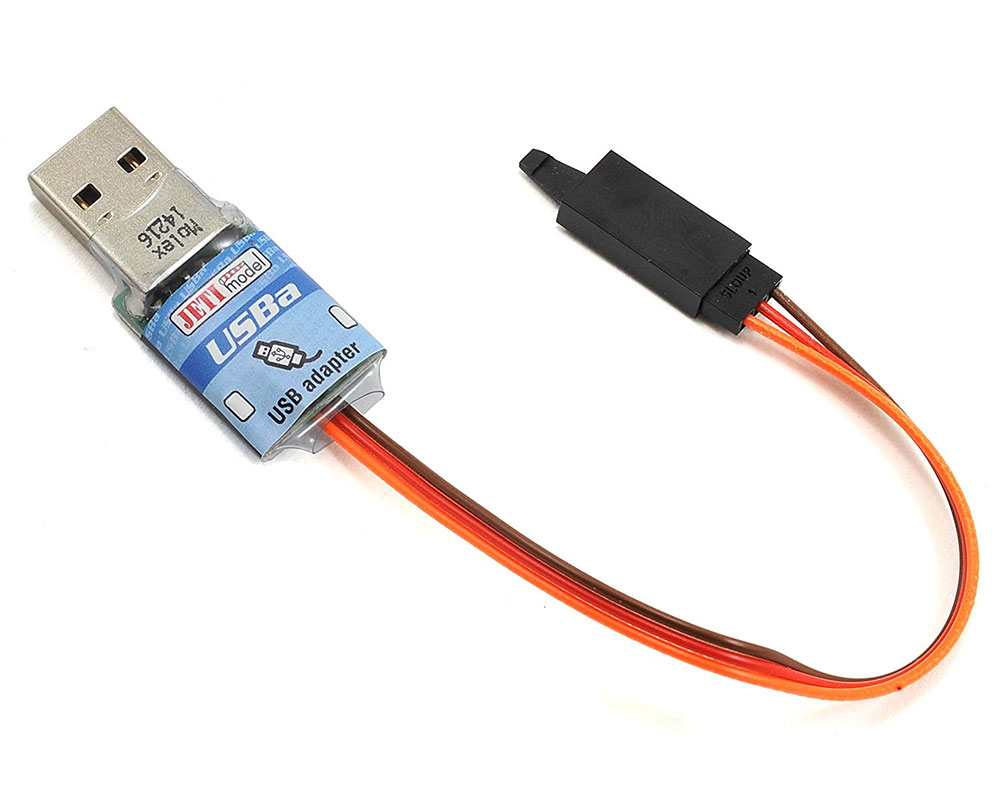
With so many transmitters released, there are bound to be questions about the differences. We have many compression charts between each radio, and compressions between Gen 1 and Gen 2, but it can get convoluted. Here are the differences, just simplified.
Gen 1 to Gen 2 (DS-14/DS-16):
The main differences between the Generation One (G1) and Generation Two (G2) transmitters lie in the color screen and 900MHz capabilities, which are both offered with the G2. The G2 DS-14 comes with active accelerometers, where as the G1 offers it as an upgrade, and the G2 DS-16 comes with the ability to upgrade modules, where those were not part of the original G1 DS-16 design.
When comparing each model, there are differences when it comes to materials used, number of control inputs, and to what extent the transmitters can be upgraded (purchased modules).
Check out this simple chart for an overview of the differences.

There is no minimum age when it comes to skill sets, and Mr. Nathan Rigby surely proved that last weekend! Nathan, who just turned ten years old, won Best Pilot at the 2023 Weston Park Airshow International in the UK. A trophy for a Birthday Gift, how awesome!
Nathan flew solo in the demos for scale, aerobatic, and 3d flight both during daytime and nighttime! For the demos he flew a Hangar 9 OV-10 Bronco, powered by twin petrol Saito engines and ZDZ powered Extras, with Jeti Boxes 200 and 210. His transmitter of choice is a Jeti DS-12. Way to go Nathan (and Happy Birthday)!
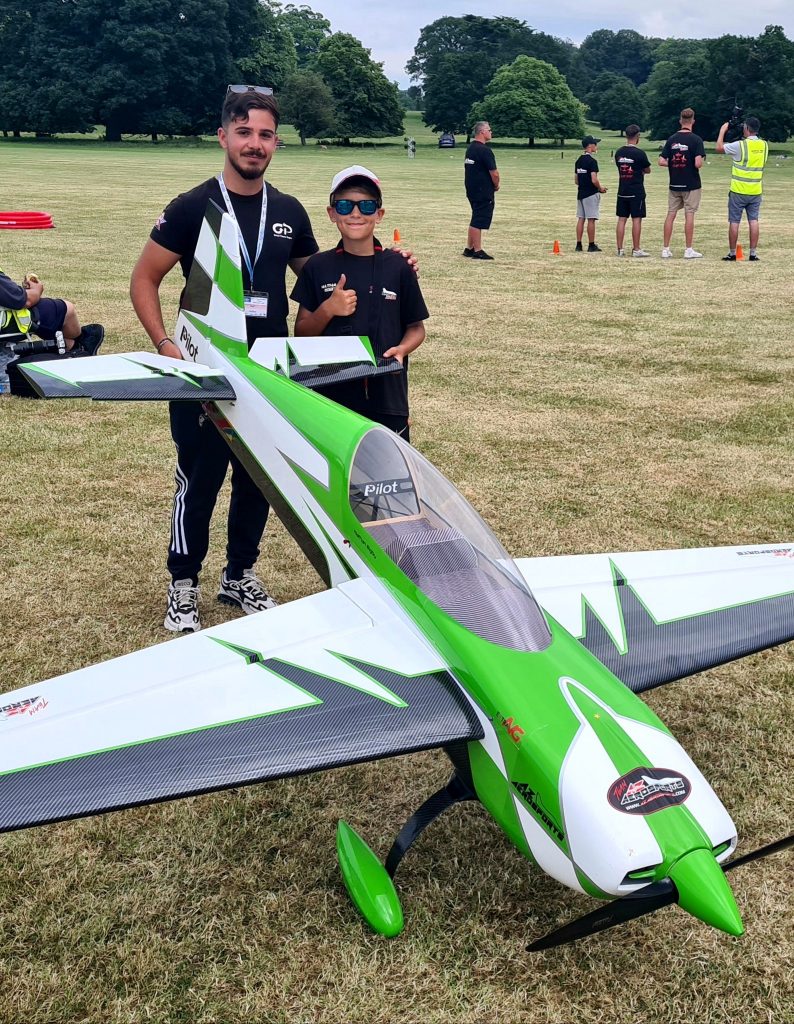
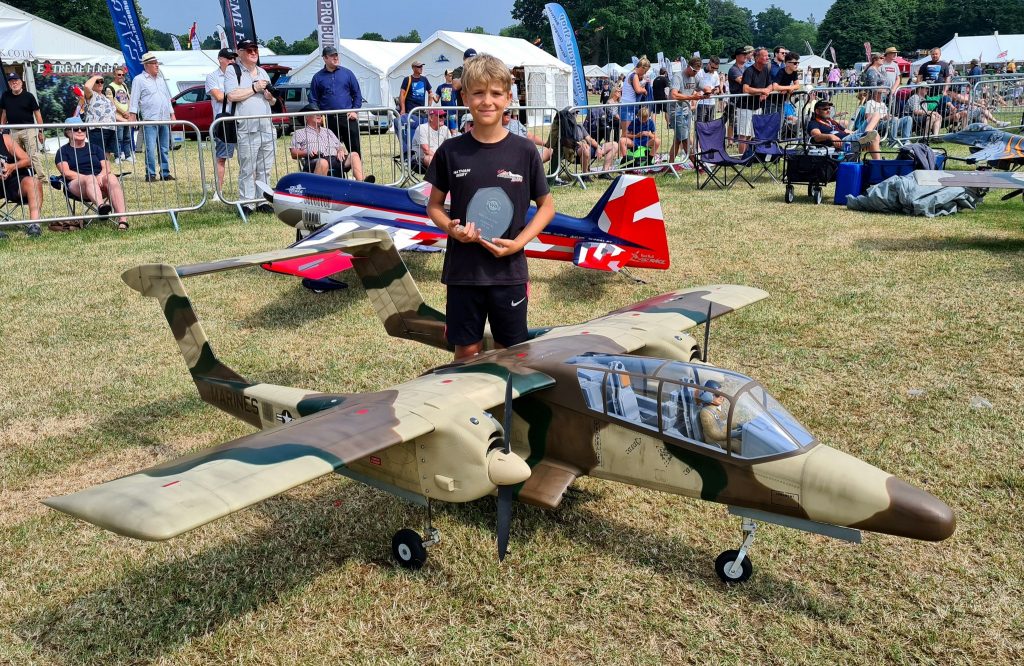
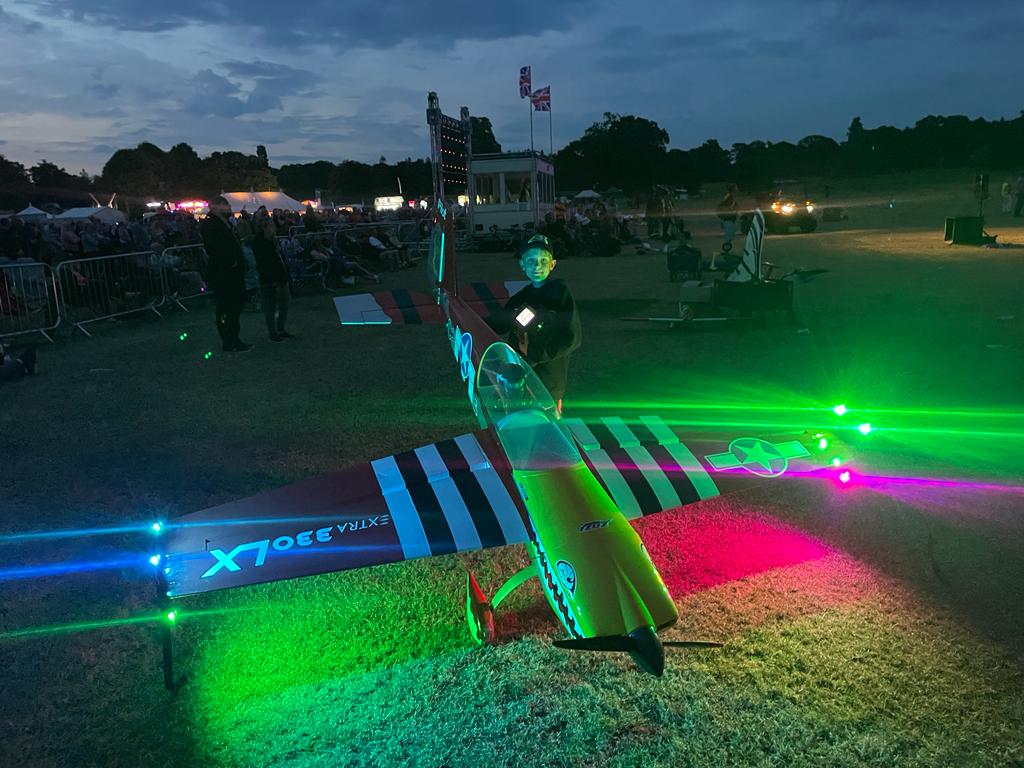

Check out this amazing video from Rick Davey showing us how he safely starts his Moki 257, 250cc, 7-cylinder, radial gas engine. The crazy thing – he starts it by hand! In addition, this video demonstrates some of the capabilities of Jeti DC-24 transmitters.
Here is what Rick says about his video:
The video demonstrates a safe method for hand starting a large gas engine. We are beginning to check out the systems of our FG-1D Corsair, Skyboss. The plane is approximately 1/4 scale, weighs 74.5 lbs. “wet,“ ready to fly. Her markings are based on the real Skyboss. Extensive research and attention to details make this FG-1D Corsair one of a kind. The plane has a Jeti radio system including a Central Box 400, two CB100 signal and power distribution modules, and four receivers with 24 channels to control all her systems. The plane has 33 servos and actuators, and is powered by four 5200 lithium ion batteries. She was painted with Klasskote paint. The Yosemite Sam nose art decal was done by Callie Graphics.
Rick Davey

Over the years there have been many Power Distribution Systems added (and removed) to our product line. There is no question that it can get confusing. In this blog, we are going to take a look at what a power distribution system is, and why we have so many different types.
What is a Power Distribution System?
Jeti’s Power Distribution Systems are known as Central Boxes. Our line of Central boxes provide a way to manage your aircrafts servos as well as offer additional safety features such as overload protection, telemetry, and signal redundancy abilities. They are offered in four different sizes, all with their own specific uses. Each and every Central Box is wirelessly programable through the Jeti Transmitters, and supports future updates via the USBa cable and Jeti Studio.
The Central Box 100 is the smallest of the Central Boxes. It can manage up to eight servos, three telemetry inputs and two receivers. It has one battery connection (multiplex). Although the smallest, the CB100 still offers overload protection on each servo output, telemetry, and signal redundancy abilities.
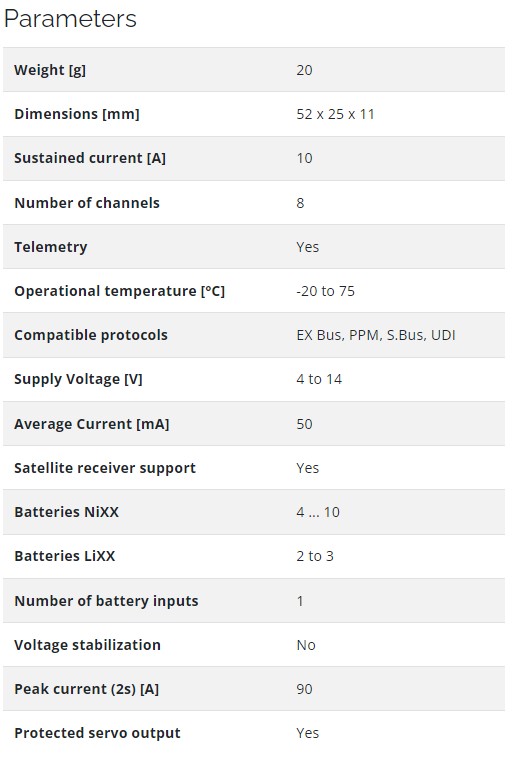
The CB210 is an ungraded version of the CB200, removing servo overload protection at each servo output and introducing a redesigned housing. The new housing is made out of aluminum which acts as a heat sink to help dissipate heat. It can manage, depending on your configuration, up to fifteen servos, up to three telemetry inputs, up to three receivers, (two 2.4gHz and one 900mHz), and two batteries (multiplex). In addition, the CB210 can be turned on/off with either a magnetic switch or wirelessly with the R3/RSW.
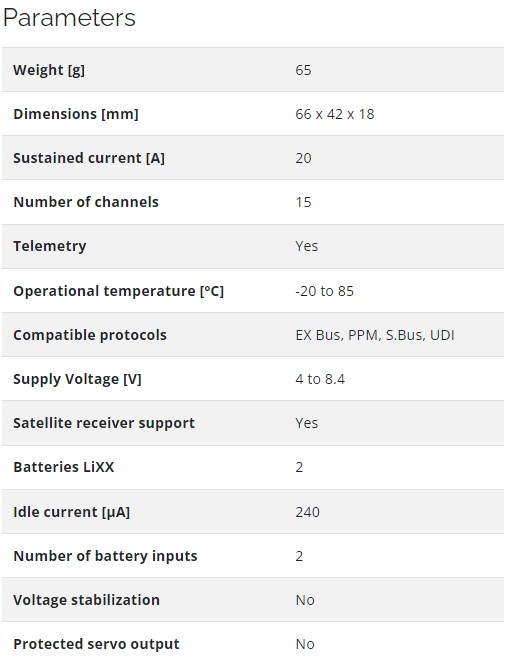
The CB220 is much like the CB210, but it has a unique design that provides overload protection for up to eleven standard and four ultra torque servos. It still has the aluminum housing, magnetic or wireless switching option, and can manage up to fifteen servos, three telemetry inputs, three receivers, and two batteries (multiplex).

The CB310 builds on the capabilities of, the CB210. It offers the same aluminum housing, and as with the CB210, has been designed without servo overload protection, allowing it to work well in models utilizing very large servos with high current draws. In addition the CB310 has a built in voltage regulator. This Central Box can manage up to eighteen servos, four telemetry inputs, three receivers, two batteries (multiplex), and has the option for a magnetic or wireless switch.
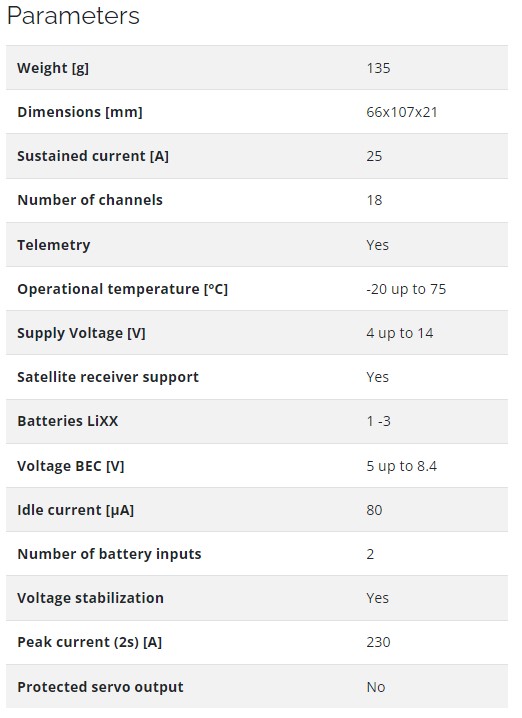
When it comes to the CB320, we see the same features of the CB310, but with the servo overload protection. The overload protection will provide protection for up to 10 standard servos and and 8 ultra torque servos.
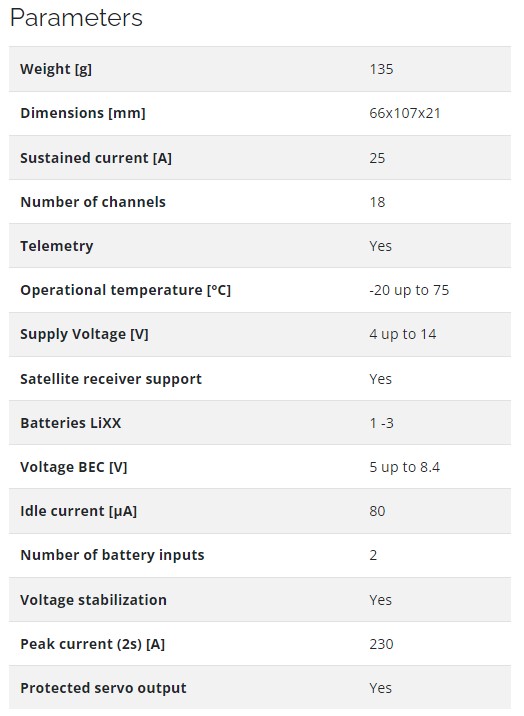
The CB400 has the most features of them all! This bad boy offers the aluminum case, two independent voltage regulators and can manage up to 24 servo outputs (with overload protection), four telemetry sensors, three receivers, and two battery inputs. In addition to the two battery inputs, it offers two battery outputs for powering certain devices such as special lights or your ignition.
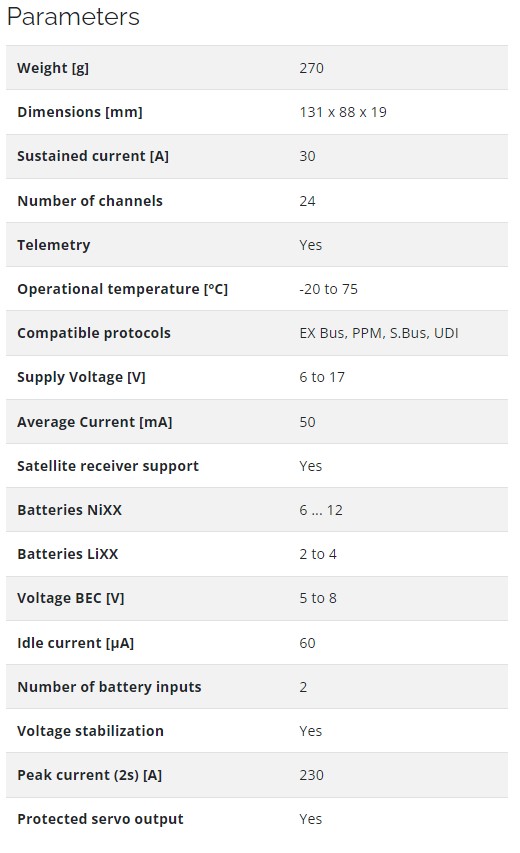
There is definitely a lot these power distribution systems can do for you and your aircraft. Check out the entire product line for more detailed information here.
The DC-24 Carbon represents Jeti’s new flagship, State-of-the-art, transmitter that sets a new standard for the RC Industry. Jeti’s final touches and finishes are outstanding. The front panel of the system is made of genuine Carbon Fiber with UV stabilized acrylic clear coating and the case made of anodized, CNC cut, solid aluminum. Unfortunately, with all that being said, the demand to test drive the DC-24 radio just isn’t what it used to be. With that knowledge, we have decided to sell (at a great price) our DC-24 Carbon Titanium transmitter that was used in the program.
For details, or to purchase, click here: Store Display DC-24 Carbon Titanium
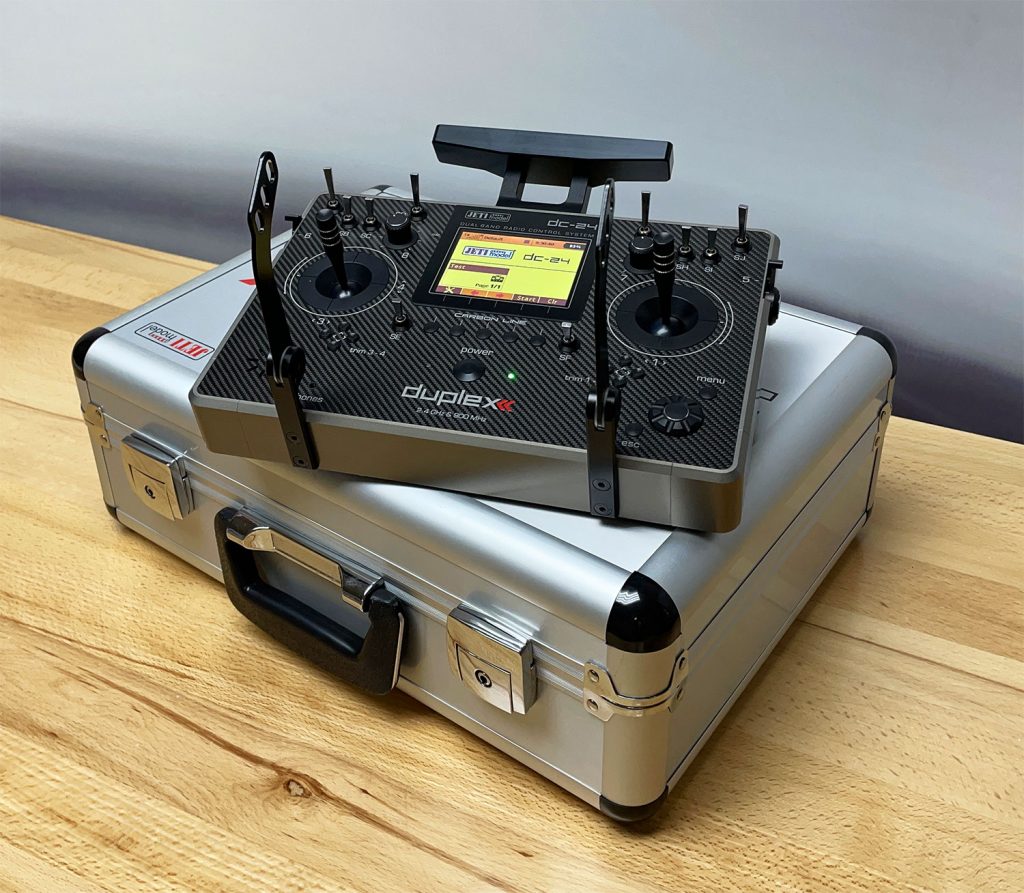
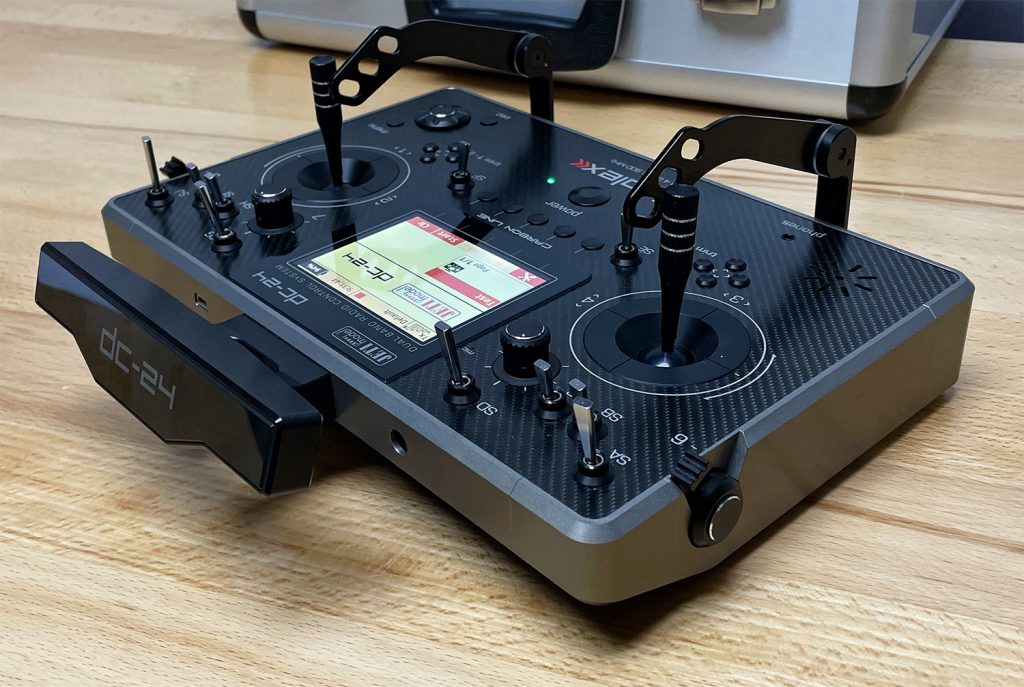

With so many Jeti telemetry sensors available, it can be quite overwhelming, especially if you are a new Jeti user, to know what might be beneficial to you. We decided that we could make that task less daunting by compiling the most recent list of Jeti sensors and briefly explaining what each one does. Follow along below.
MBar – The MBar is an air pressure sensor. It will measure pressure of non-corrosive and non-ionized gases and liquids. The MBar sensor can be used for measuring pressure in containers with compressed air (retractable landing gear systems) or for controlling the oil pressure in hydraulic systems. Read more about the MBar EX Sensor here.
MSpeed and MSpeed 450 – Both of these sensors will give you the airspeed of your aircraft. They work using a pitot tube to measure the dynamic air pressure as you are in flight. The difference between the MSpeed and MSpeed 450 is simply the airspeed range that each will measure. The MSpeed450 is designed to be run in aircraft that fly at faster speeds, where as the MSpeed is designed for slower flying aircraft. Read more about the MSpeed here and the MSpeed 450 here.
MAlti – This sensor can provide calculated altitude above sea level, ambient fuselage air temperature, and air pressure data. These parameters are produced by measuring the atmospheric pressure. Since the MAlti is a very sensitive sensor, any slight change in altitude will result in a change in air pressure thus allowing calculation of how high above sea level your aircraft is. Read more here.
MVario2 – The Mvario2 is a system that measures atmospheric pressure and using the obtained data it calculates the altitude above sea level, airspeed, and the rate of climb as well as the rate of descent. Changes in climb and descent rates are signaled as well. The sensor also alerts you if any alarm setting is exceeded. The mvario2 will also work as an expander, allowing for connection of up to two additional sensors. Read more here.
MUI – Our MUI sensors will measure voltage, current, and consumed battery capacity of your flight batteries. This sensor is available in five different amperage ranges, which are denoted by the number after the sensor. For example a MUI 30 will cover an amperage range of 0A to 30A, and a MUI 200 will cover a range of 0A to 200A. Find out more info here.
MULi 6s – The MULi 6s will measure the independent cell voltage (up to 6 cells) as well as total voltage of your lithium battery pack. Learn more here.
MULi 6s Module – The module version of the MULi 6s offers the same readings of independent cell voltage as well as total voltage of your lithium battery pack, but it is expandable by adding up to four additional modules. It can also be used as an expander for additional sensors. In addition to its expandability, the MULi 6s module offers cell voltage history and the difference between the strongest and the weakest cells. Read on about the sensor here.
MFlow2 – The MFlow2 is our second generation fuel flow sensor. It will measure the true fuel flow of gasoline or turbine jet fuel. We offer three different versions: G800, T800 and T3000. The G800 is for gasoline engines and will measure a flow rate of 20 to 800 ml/min. The T800 is for turbine engines with a flow rate of 20 to 800 ml/min and the T3000 is for turbine engines with a faster flow rate range of 50 to 3000 ml/min. Read more here.
MPGS – By using the Global Positioning Satellite system (GPS), the MGPS is able to pinpoint the exact location of your model. The MGPS can use that data to calculate the speed, altitude, the course azimuth, point of origin, and distance traveled of your model. Learn more here.
MRPM – The MRPM will measure the speed (Revolutions per minute, or RPM) of your models propeller optically. The optic sensor calculates RPM by monitoring the interruption of light (sunlight or incandescent light). Read more about this sensor on the page here.
MRPM AC – The MRPM-AC will measure the speed (revolutions per minute, or RPM) of brushless motors through direct connection with two of the three motor wires (versus the previous Opto Sensor). Read more here.
MRPM Hall – The MRPM Hall sensor provides RPM (revolutions per minute) and power level readings using magnetic Hall Effect and rare earth magnet. The MRPM HALL sensor measures the rotation speed and performance of the rotating surface. Read more here.
MT125 and MT300 – These sensors will monitor the temperature of whatever device you choose to place it around. It is, in simple terms, akin to a thermometer. The MT120 comes with two flat thermal probes, and the MT300 comes with two loop probes. Read about the MT125 here, and the MT300 here. Another difference between the two sensors is the range at which it will measure. The MT125 has a range of -55 to 125 degree Celsius, and the MT300 will operate at a range of -40 to 300 degree Celsius.
Expanders (E2, E4)– last but not least it is important to touch on the expanders. With so many sensors available, it is possible to run out of ports to connect them. The Jeti telemetry expander module allows you to increase the number of telemetry sensors in your aircraft. The E2 expander allows you to add up to two sensors and the E4 expander will allow for up to four sensors. Learn about the E2 here and the E4 here.
